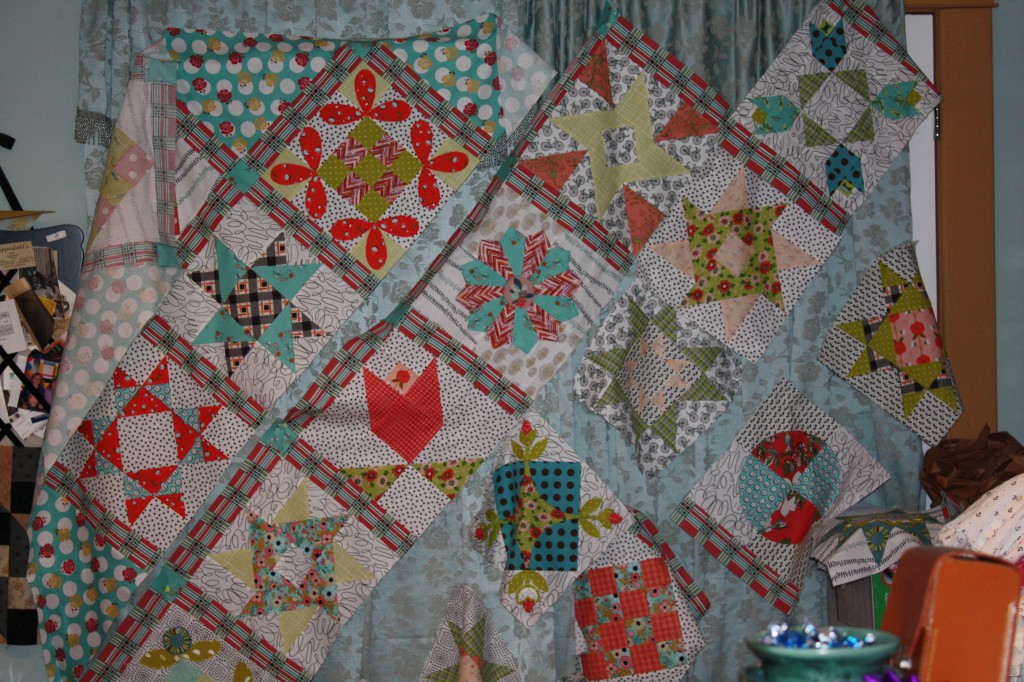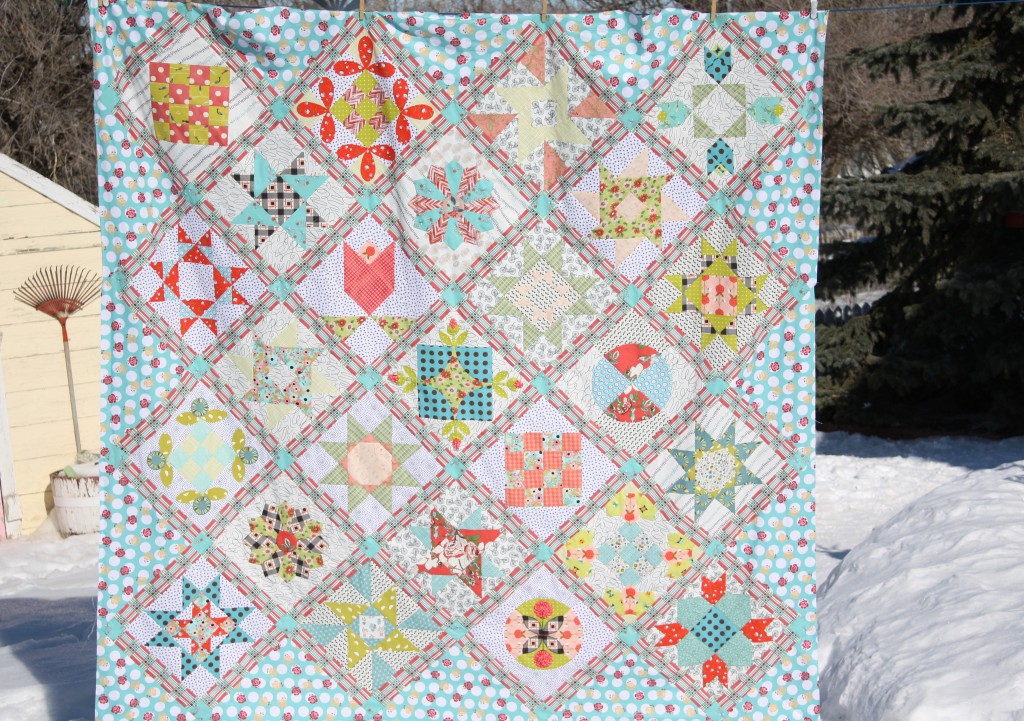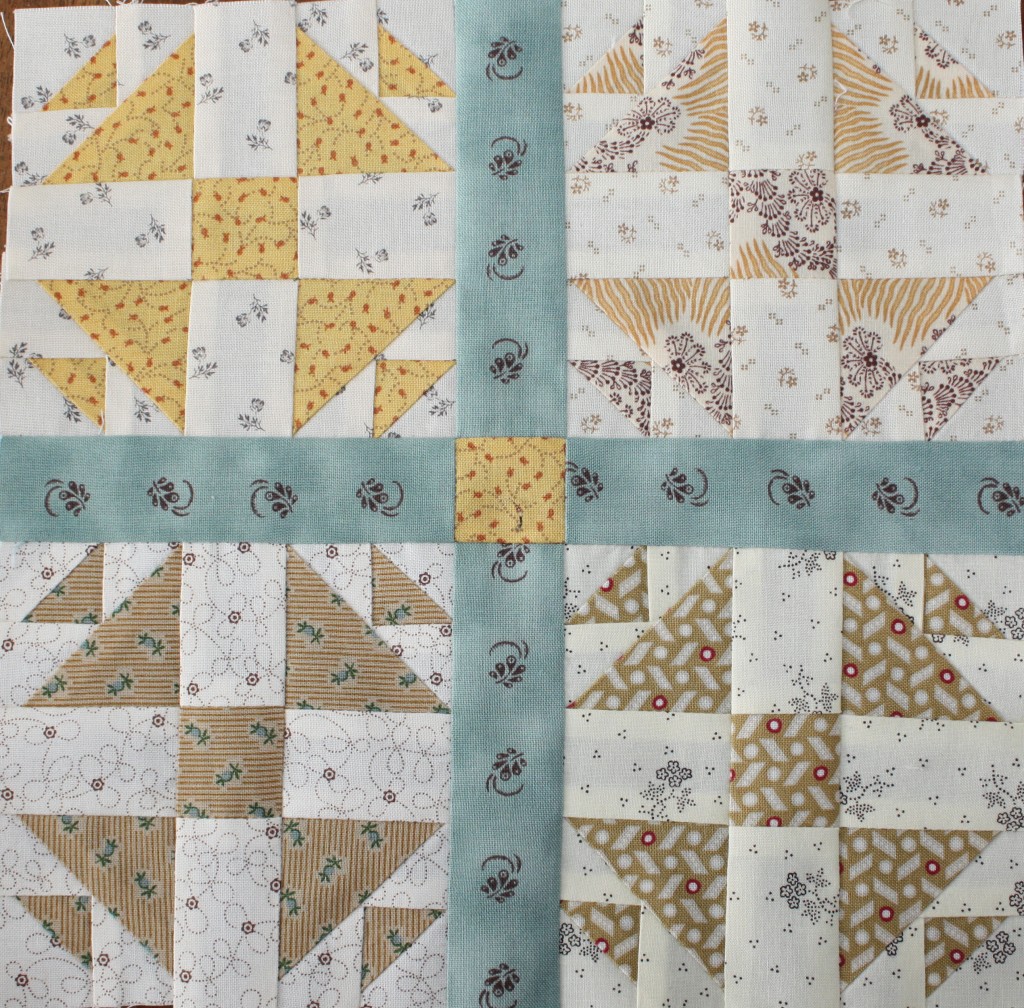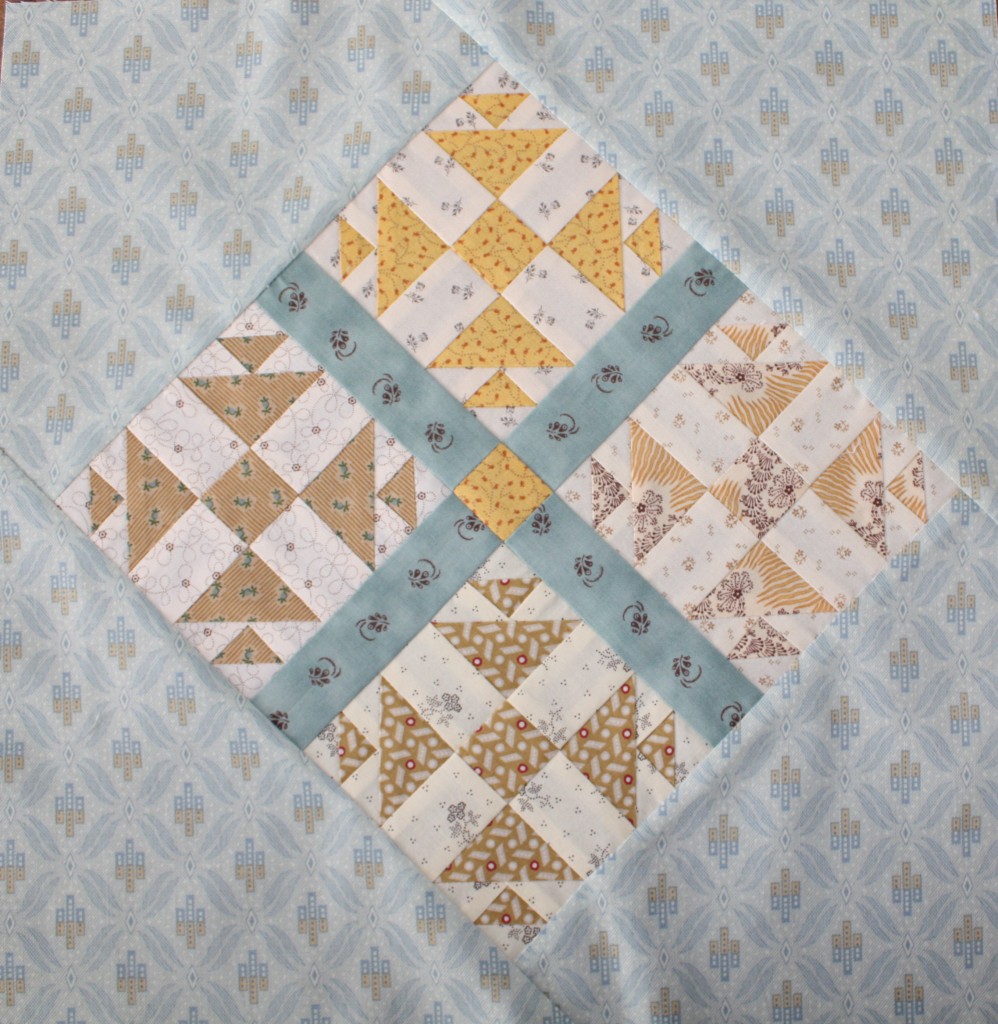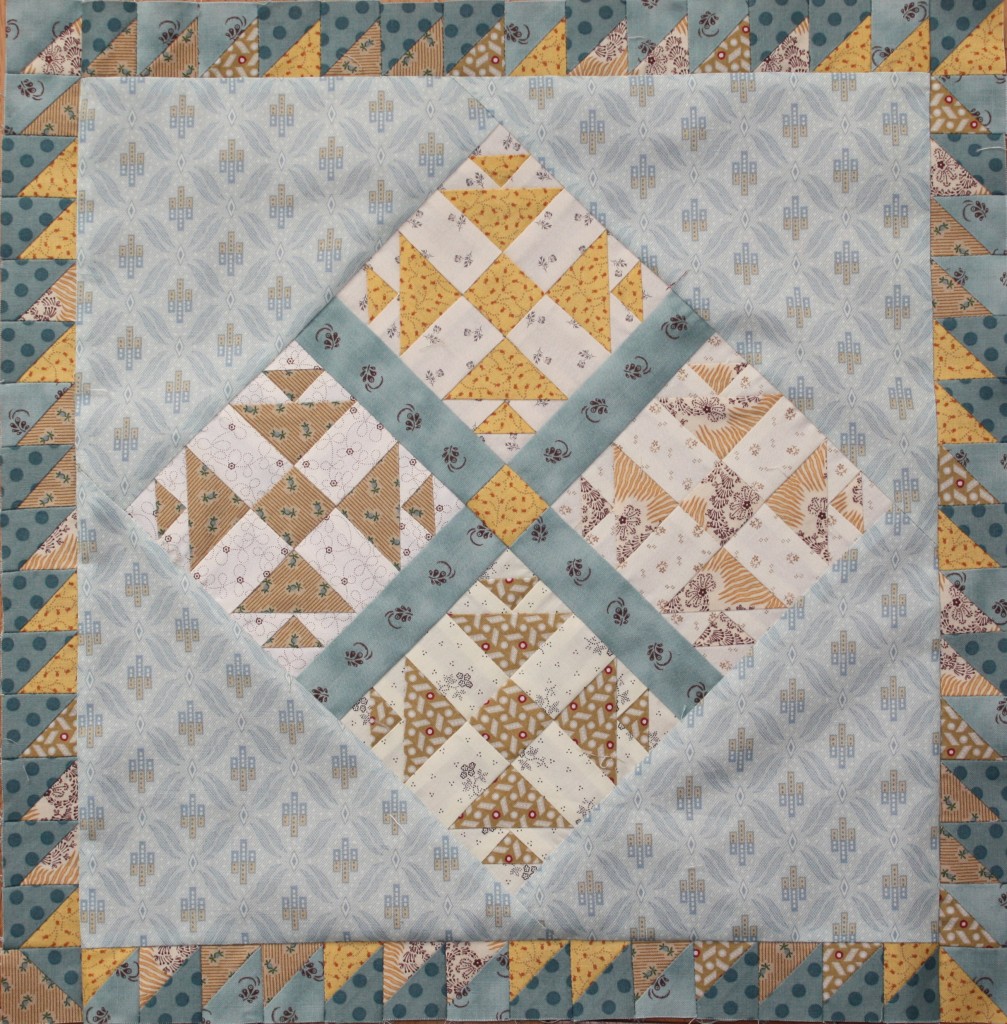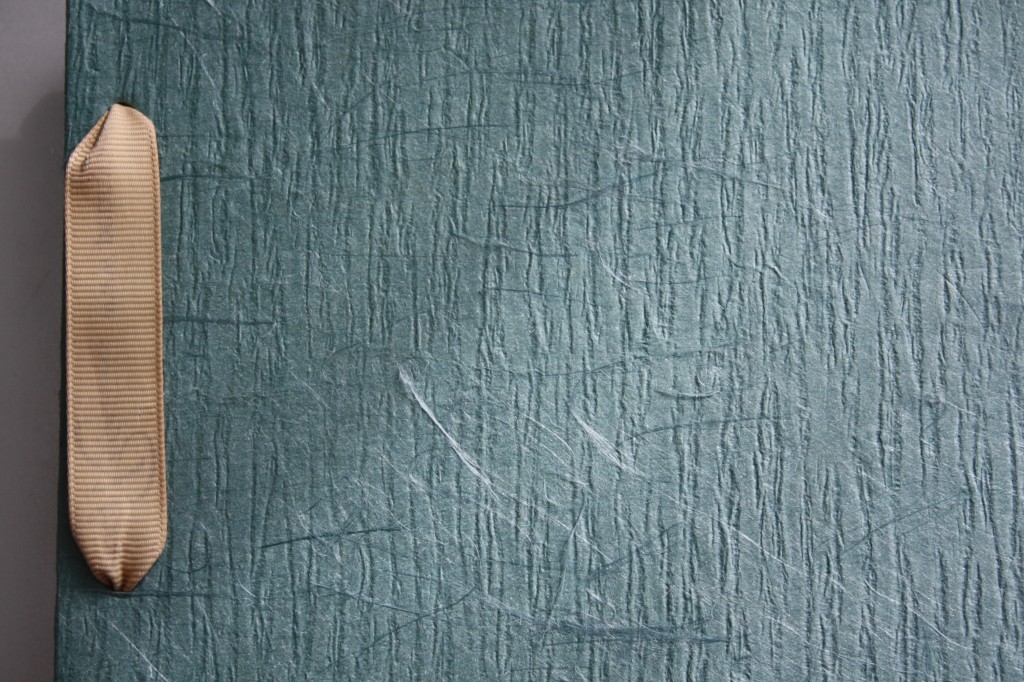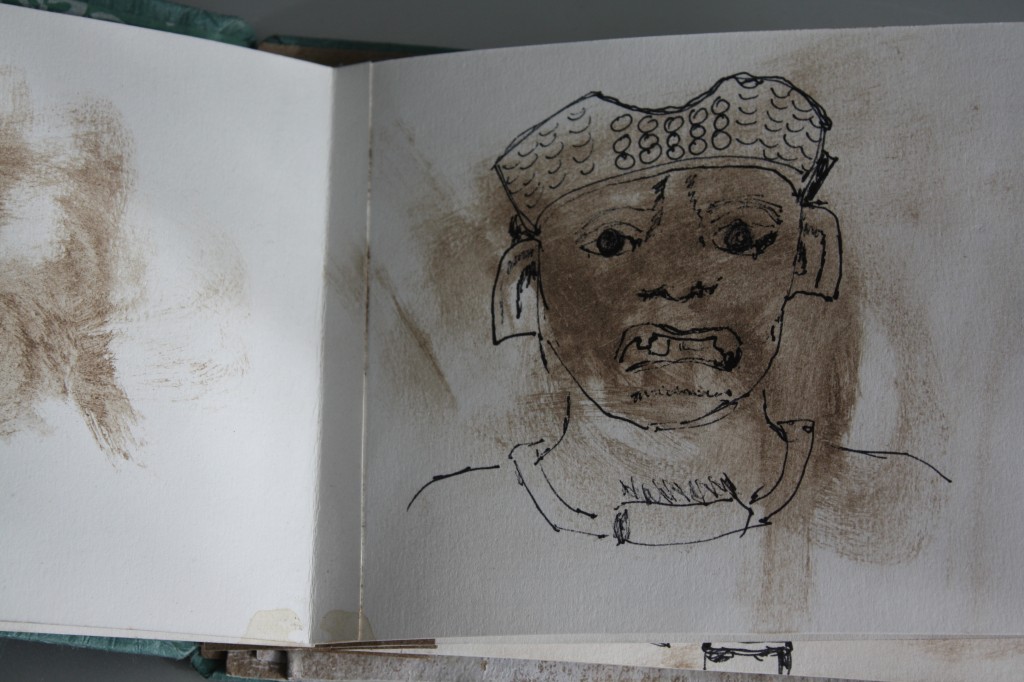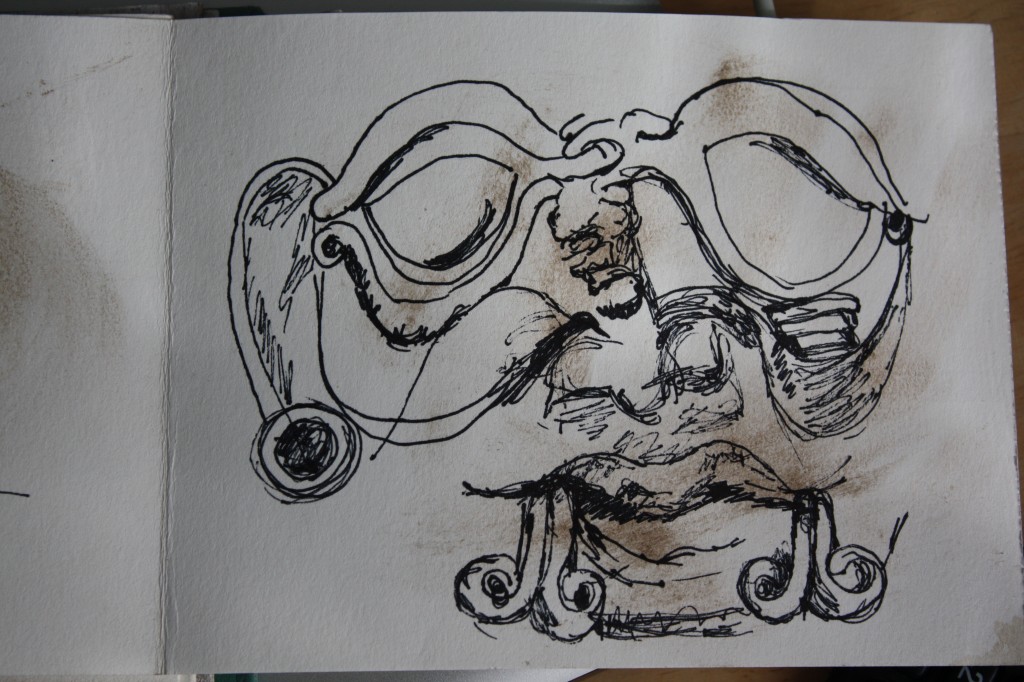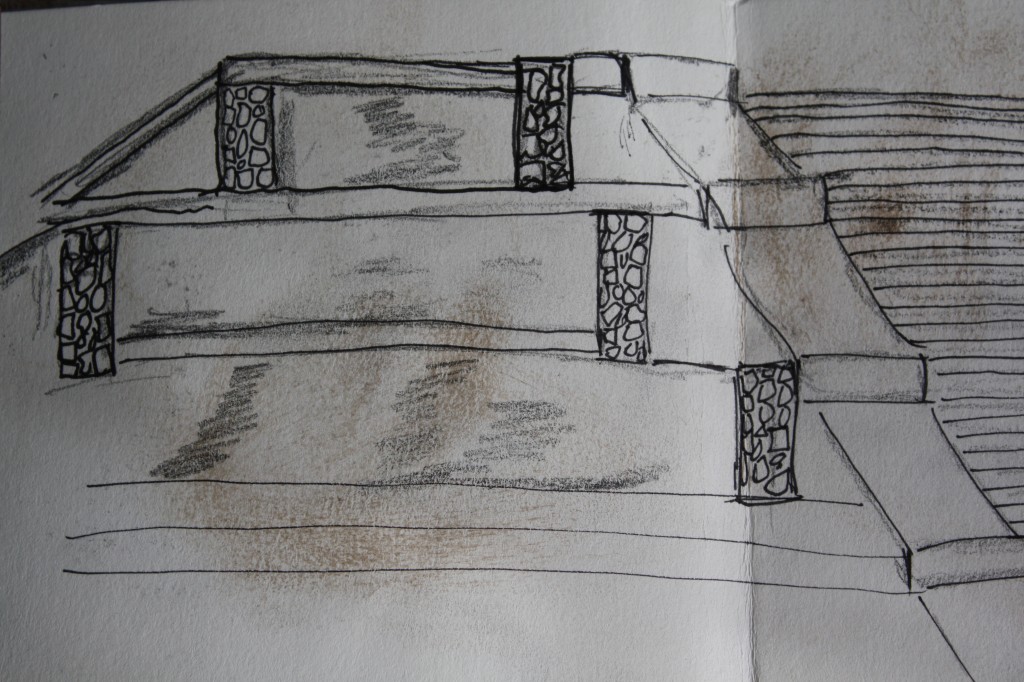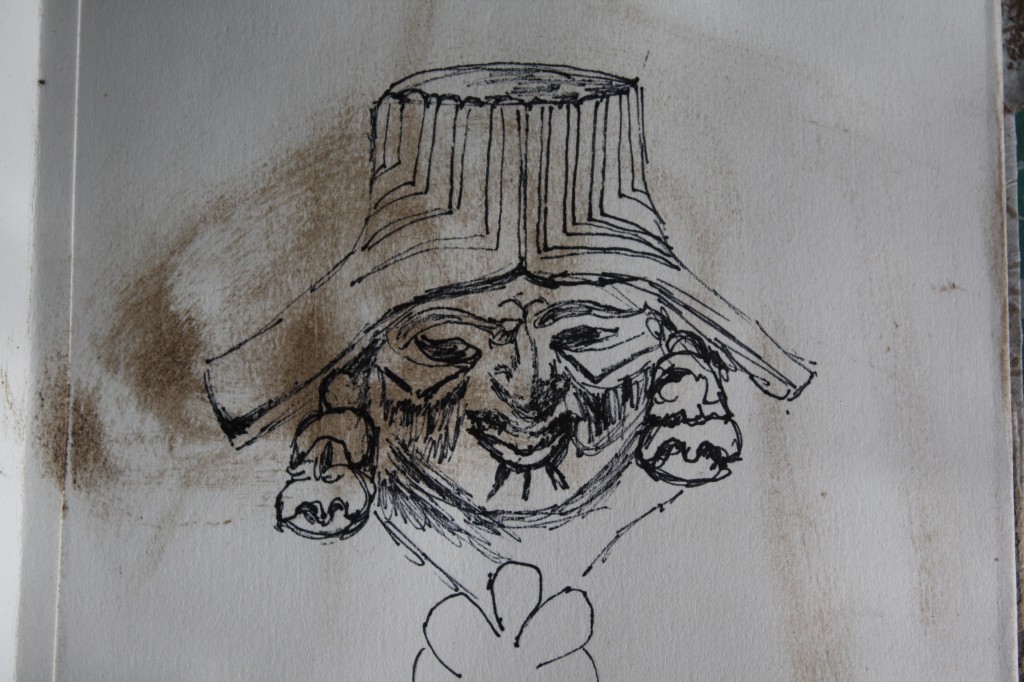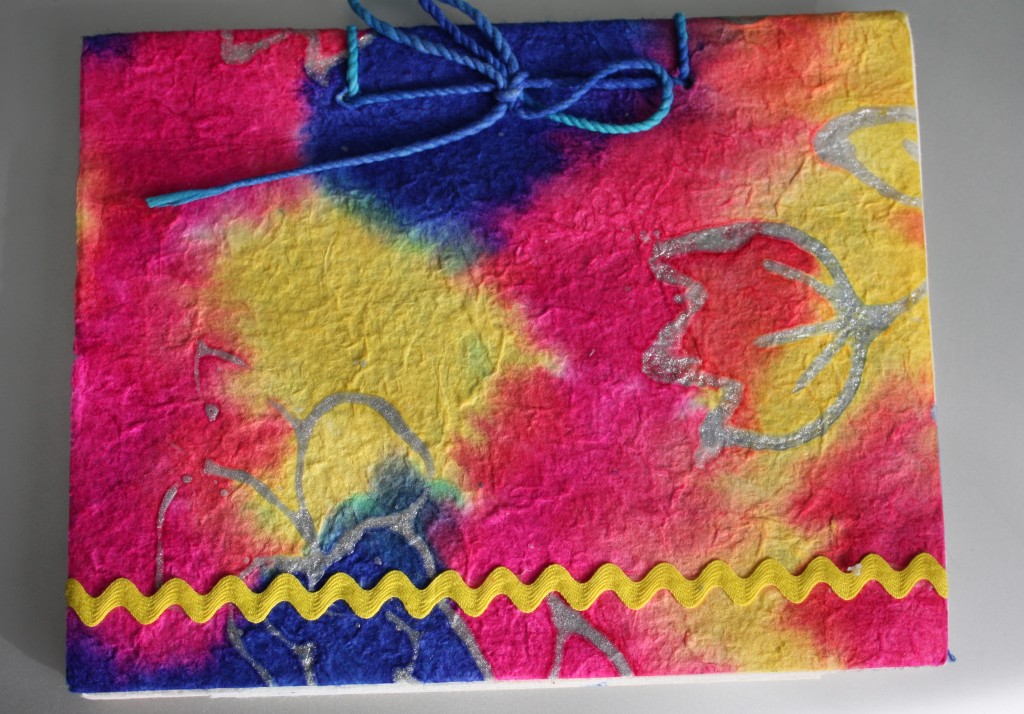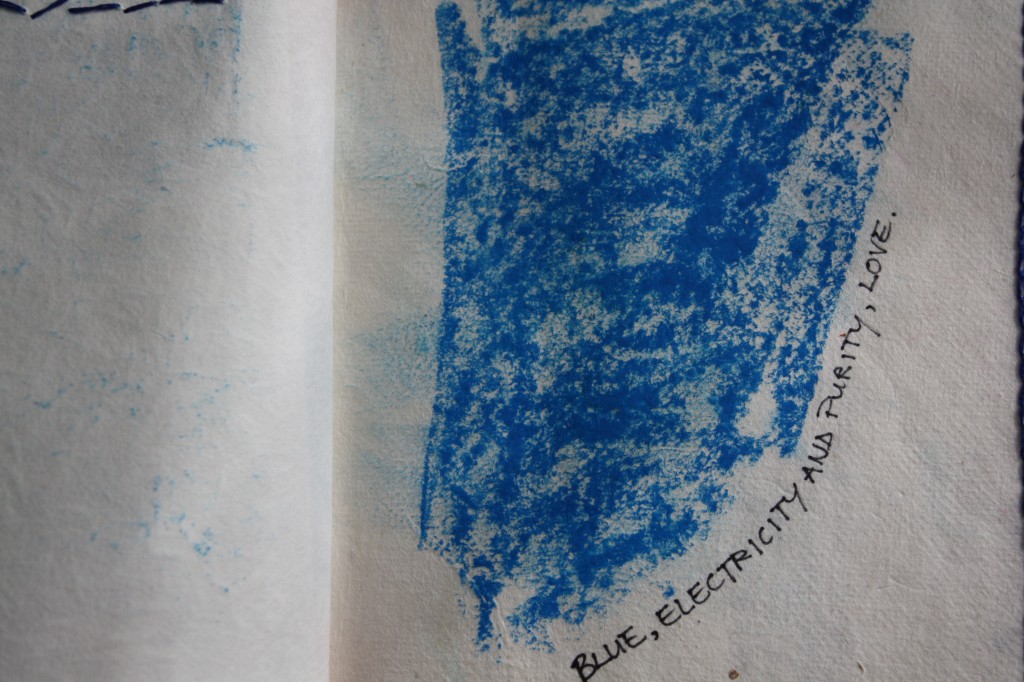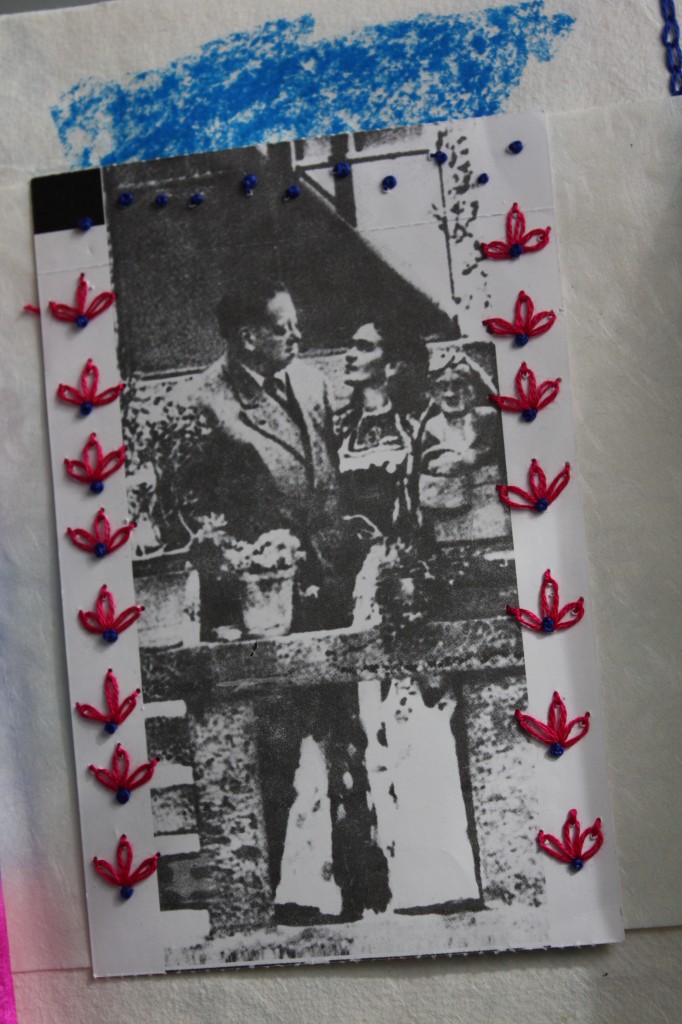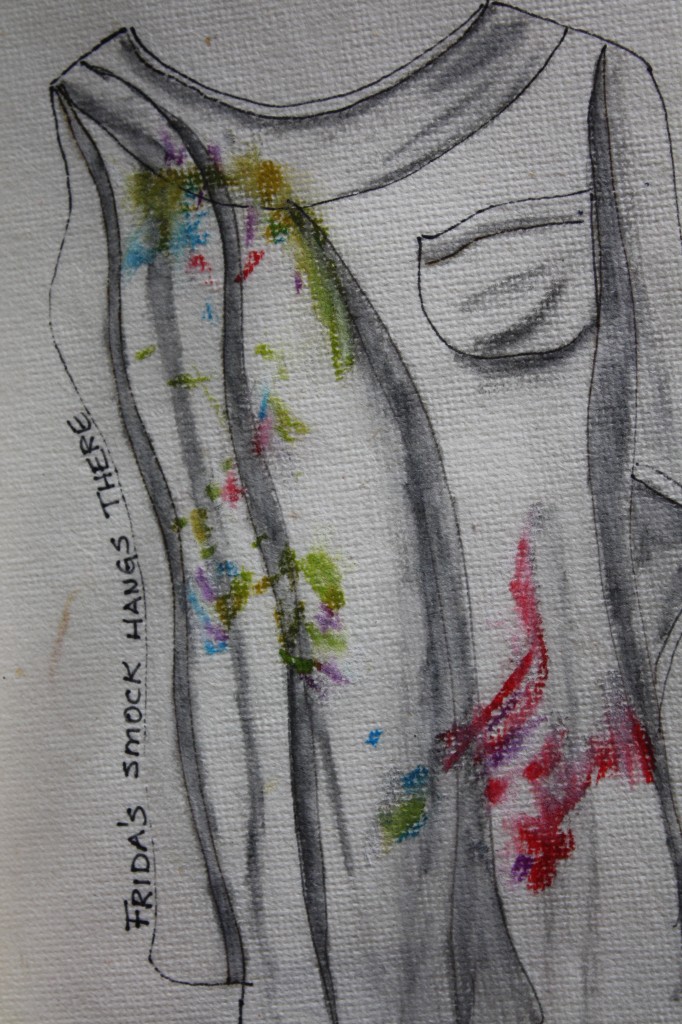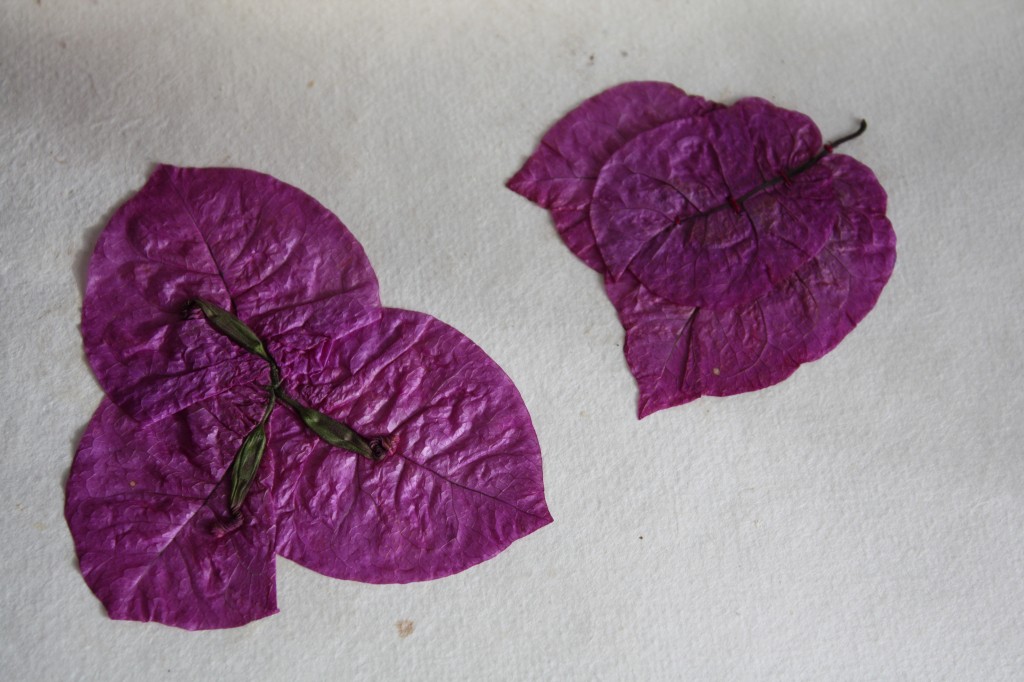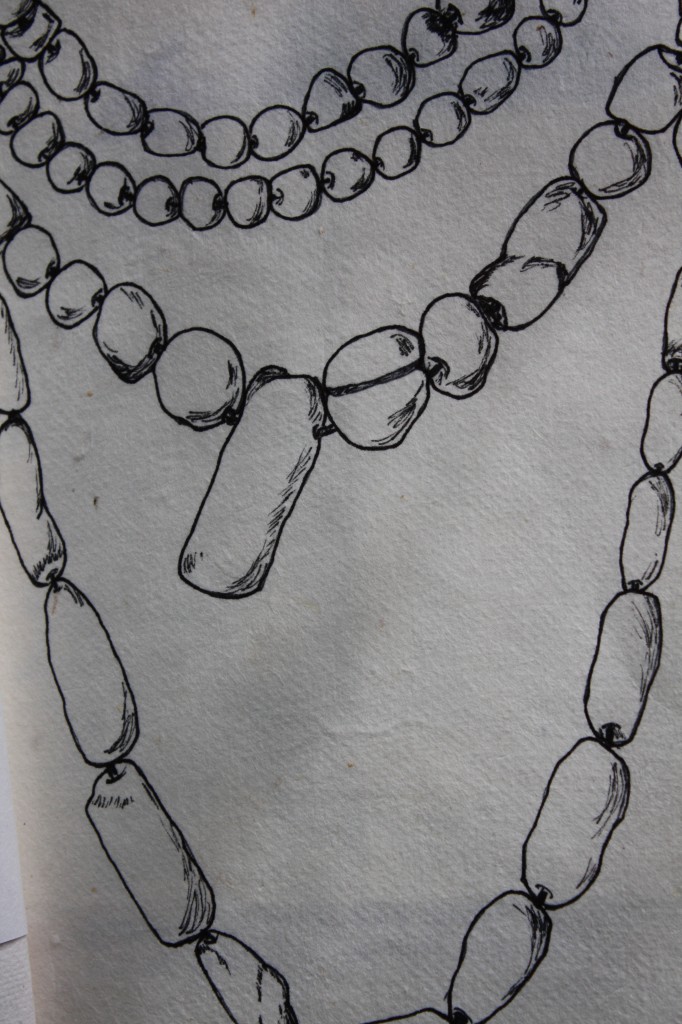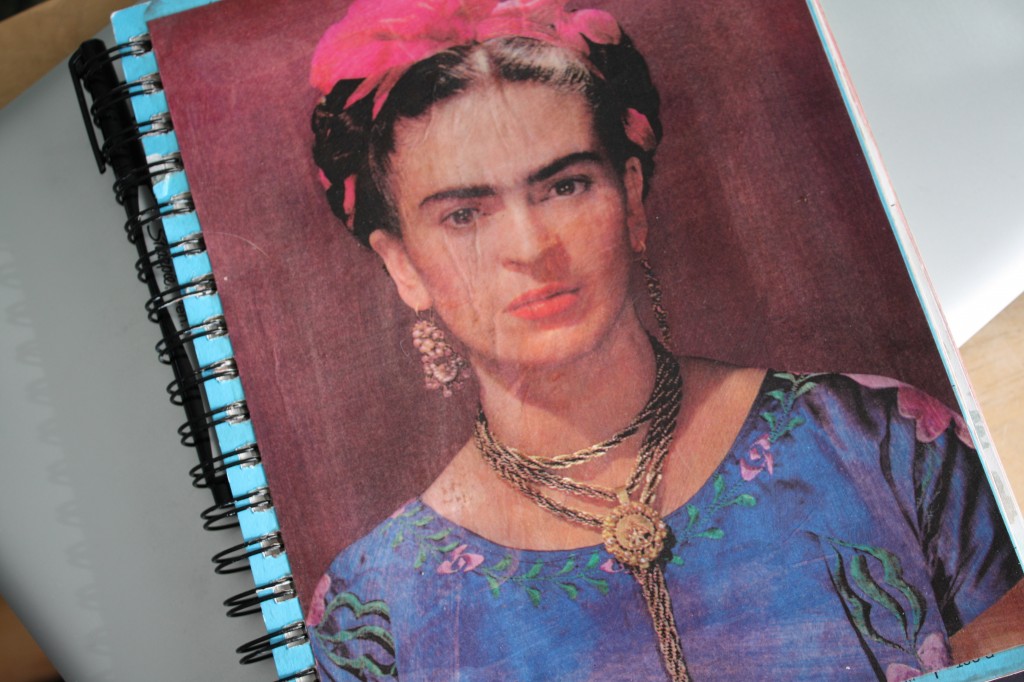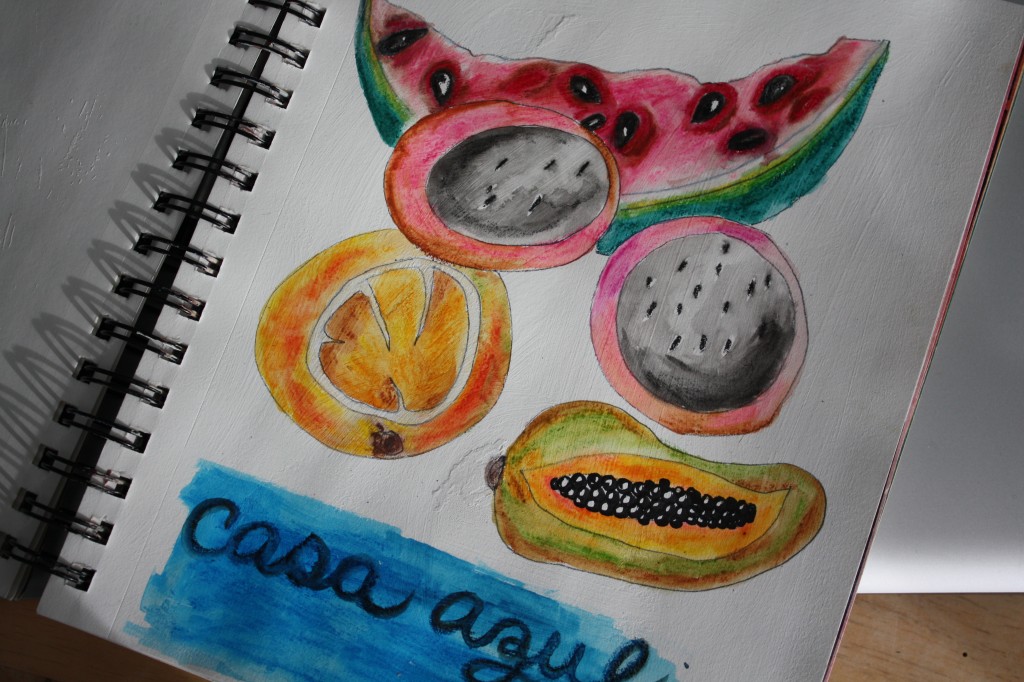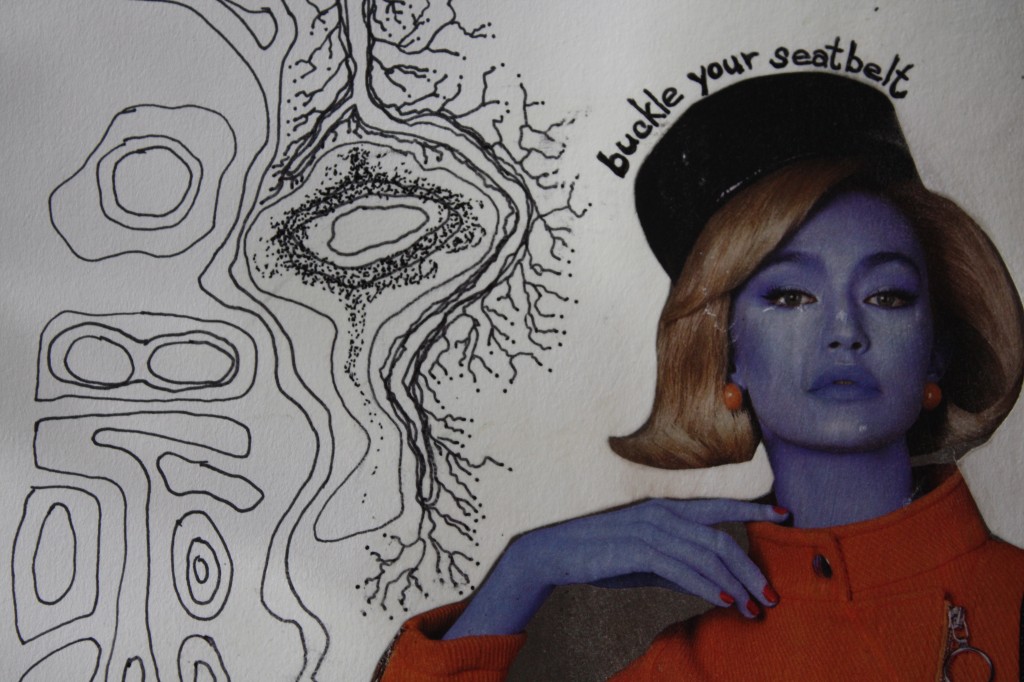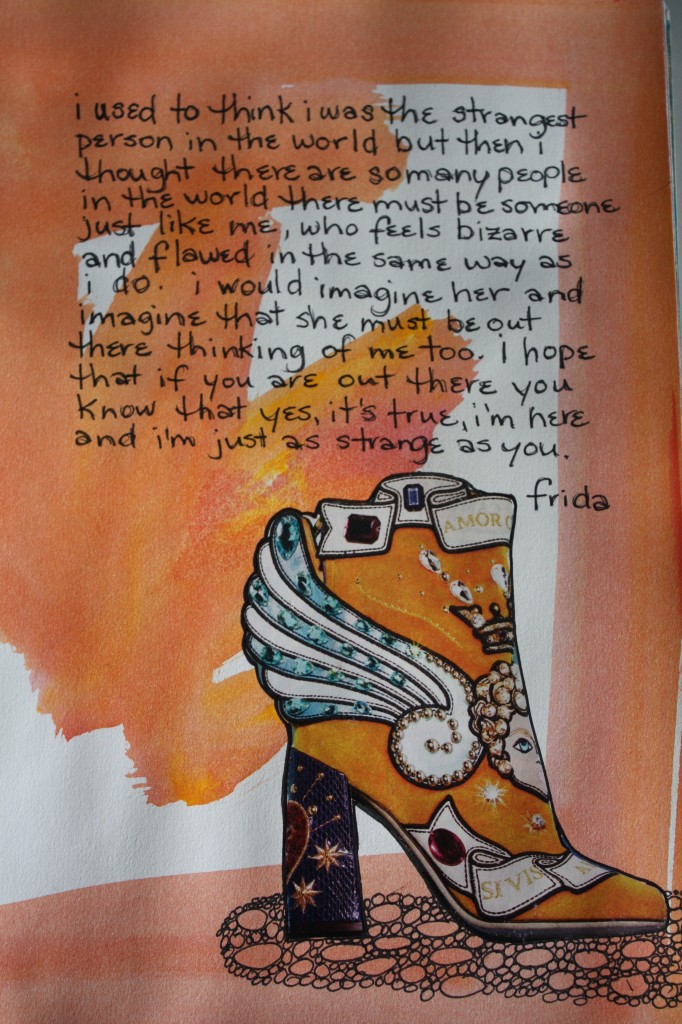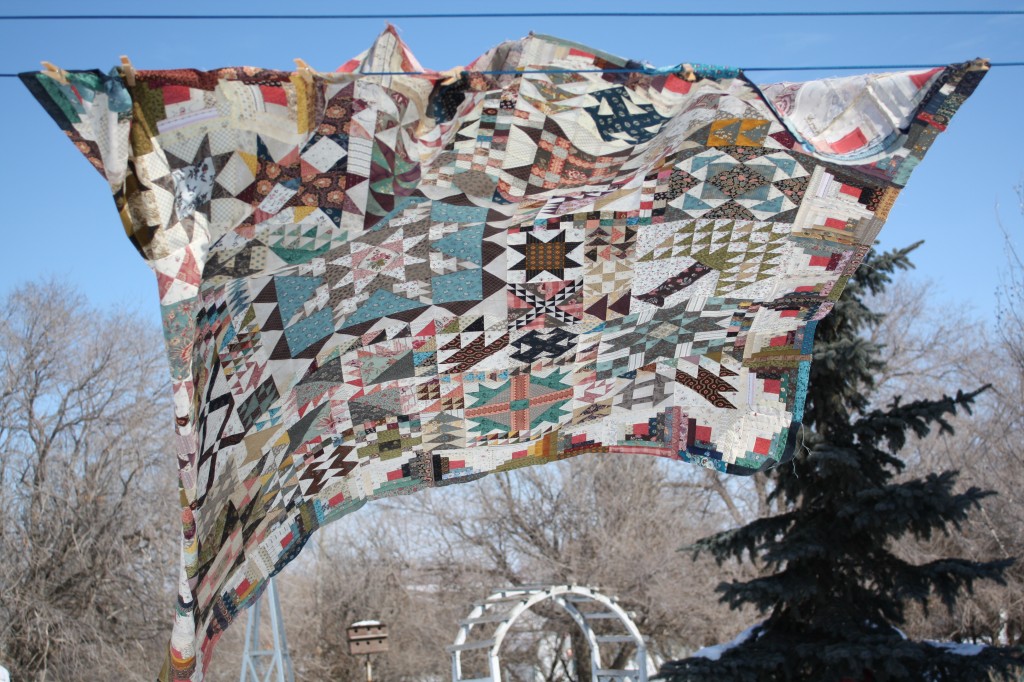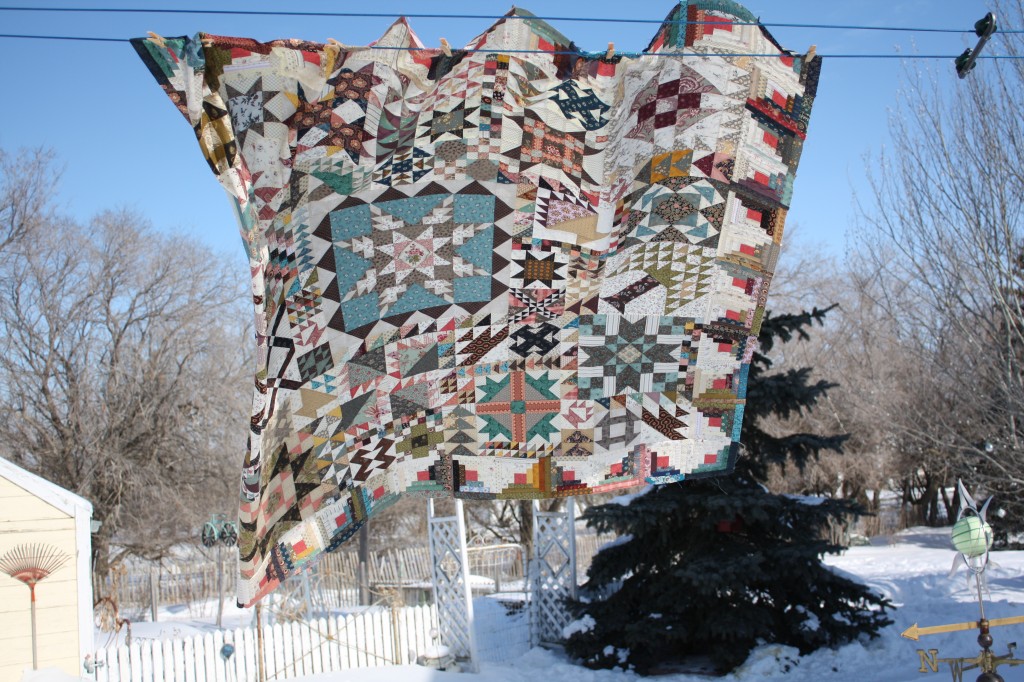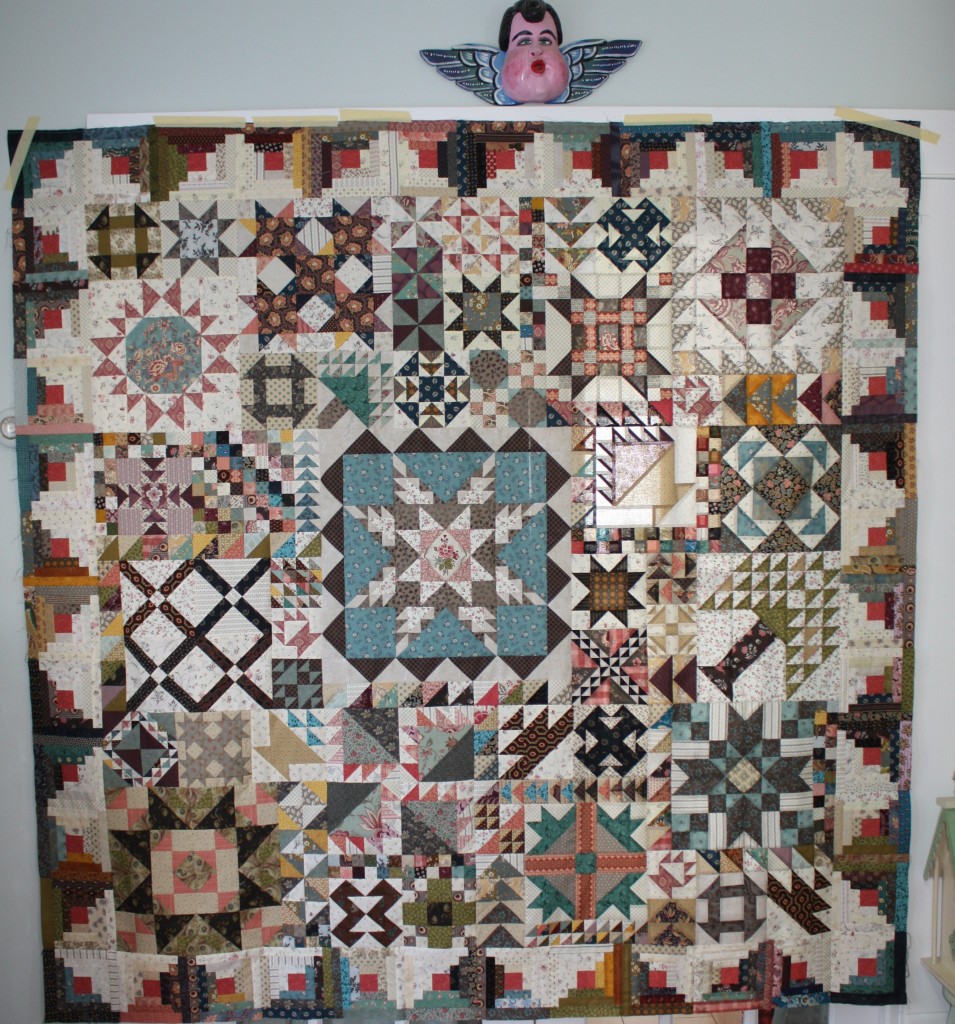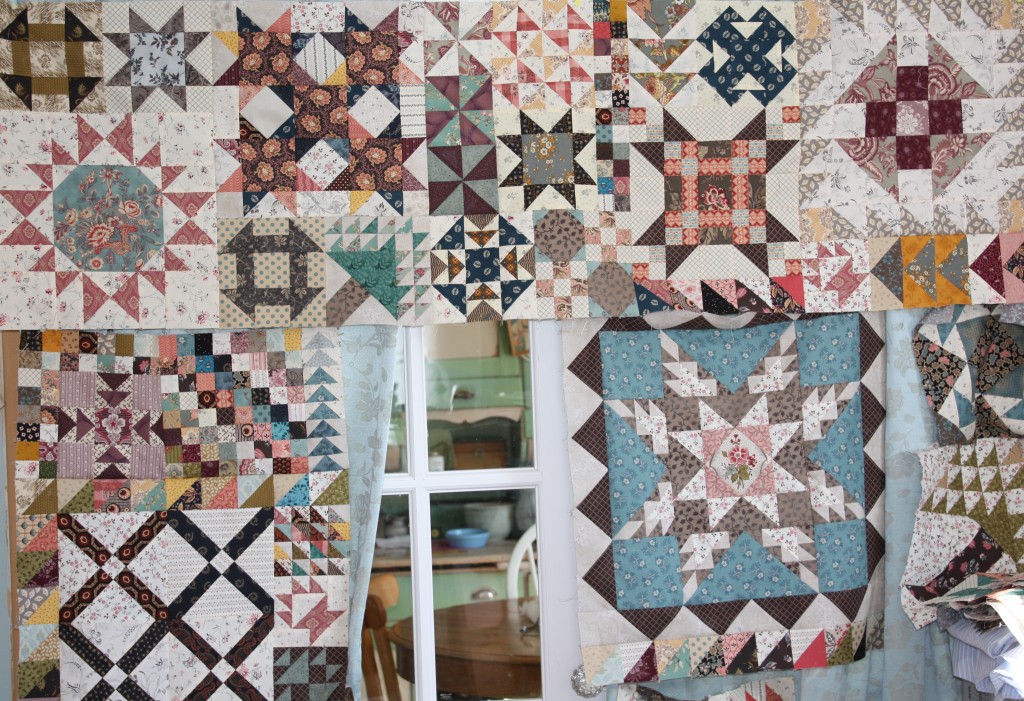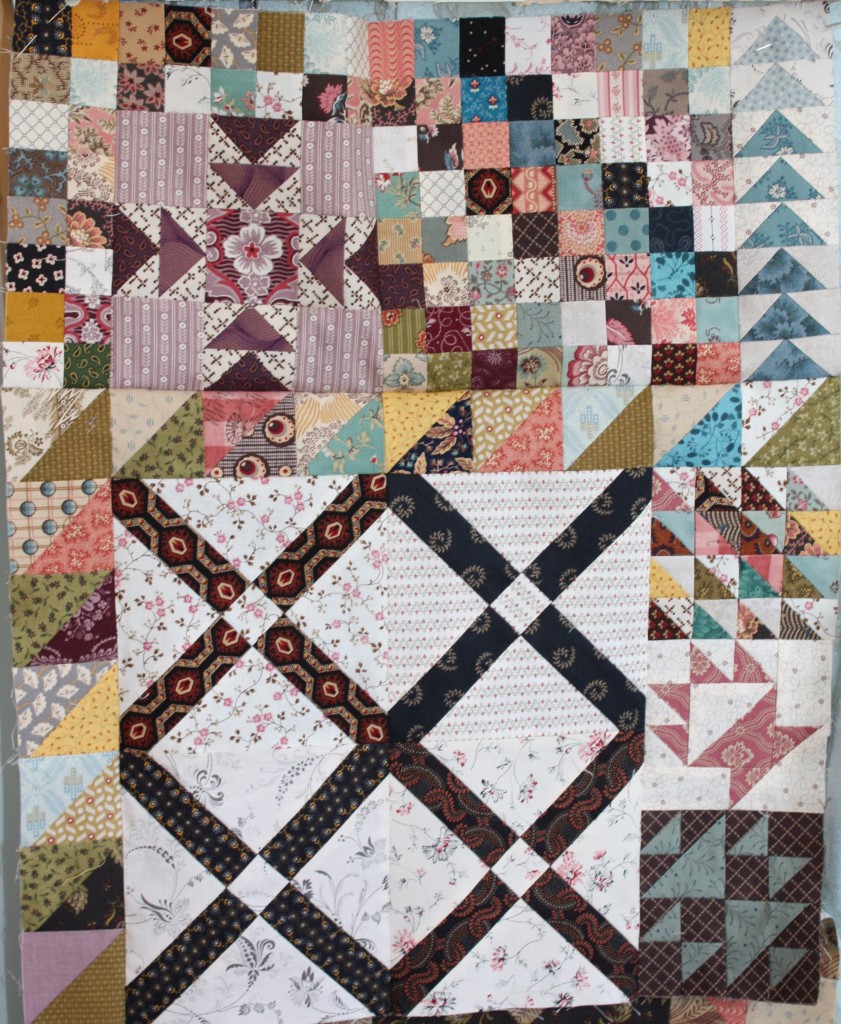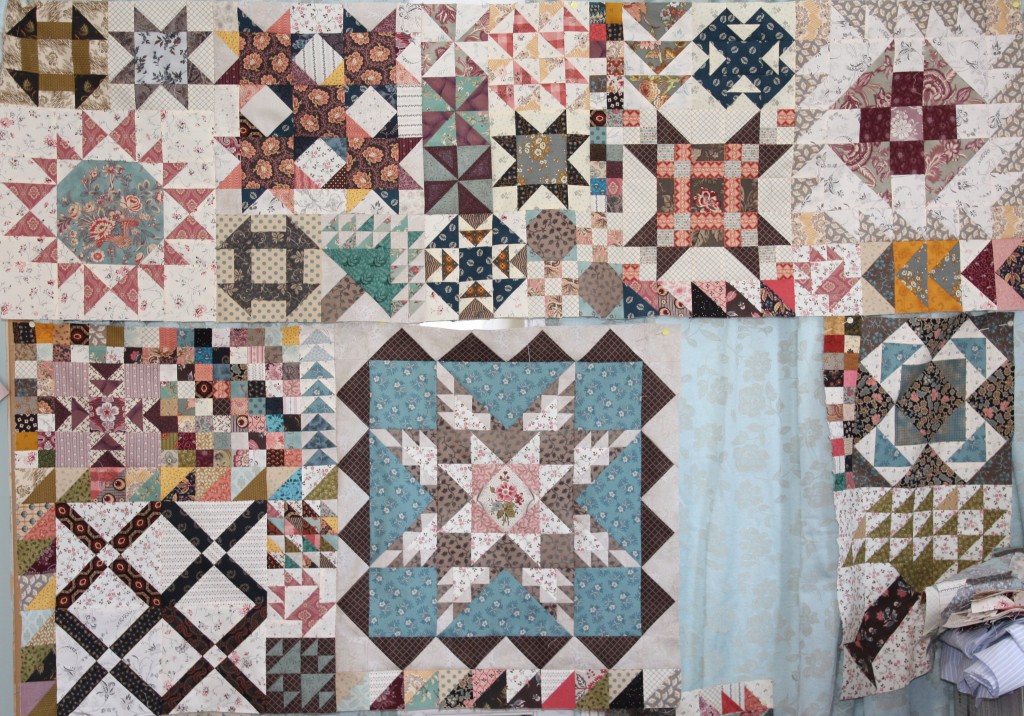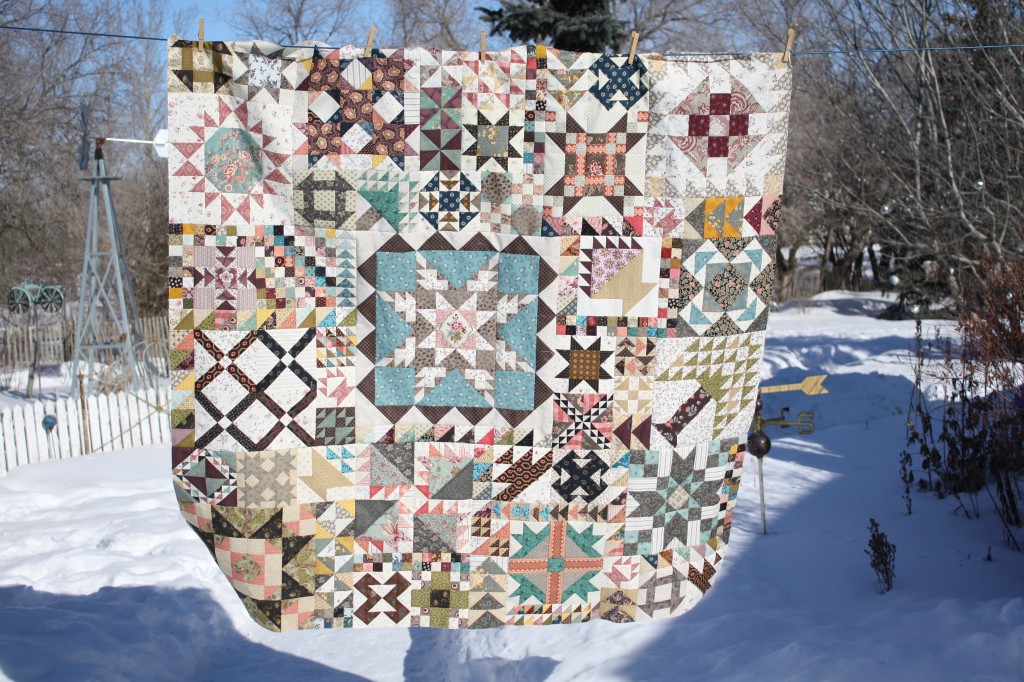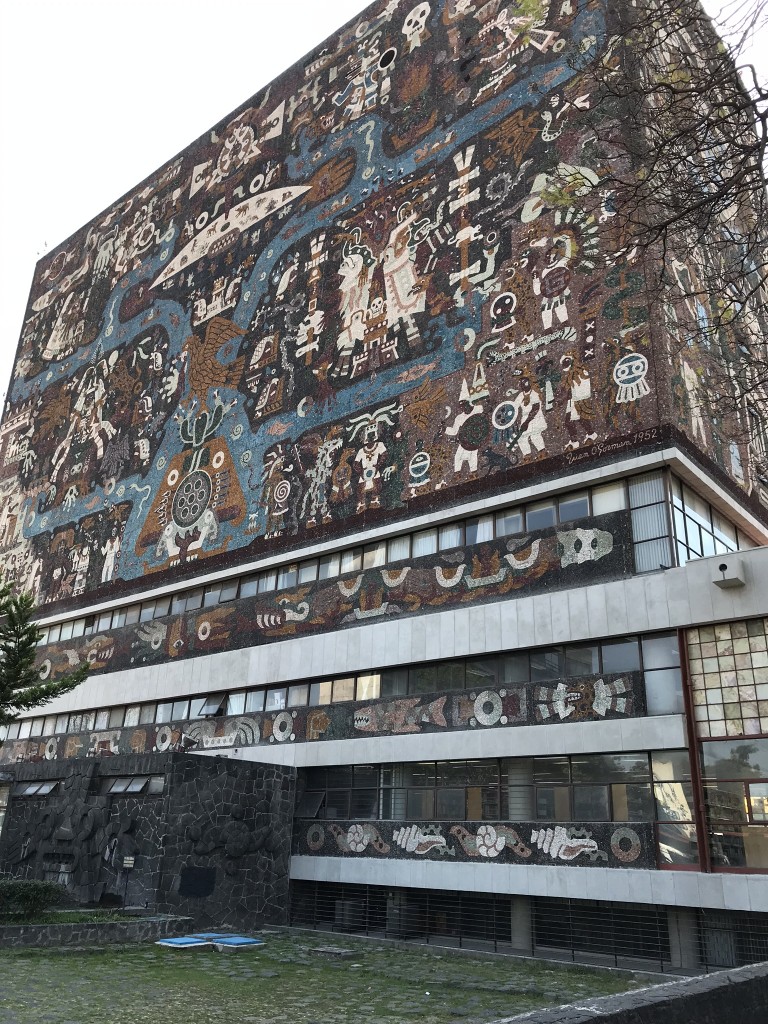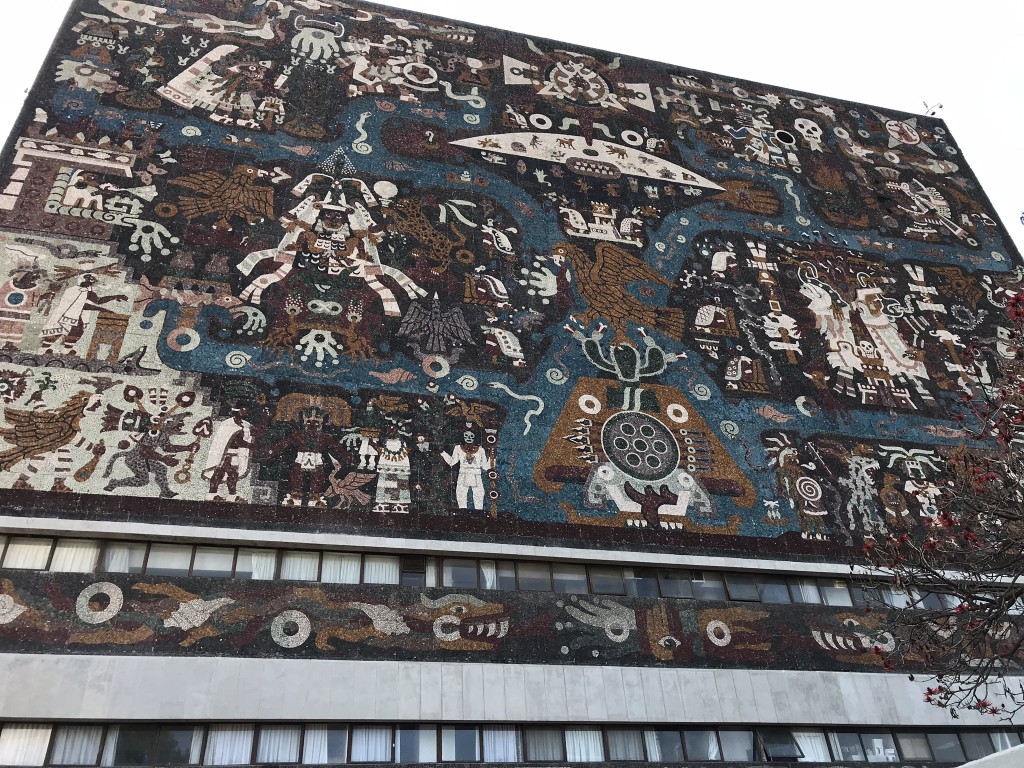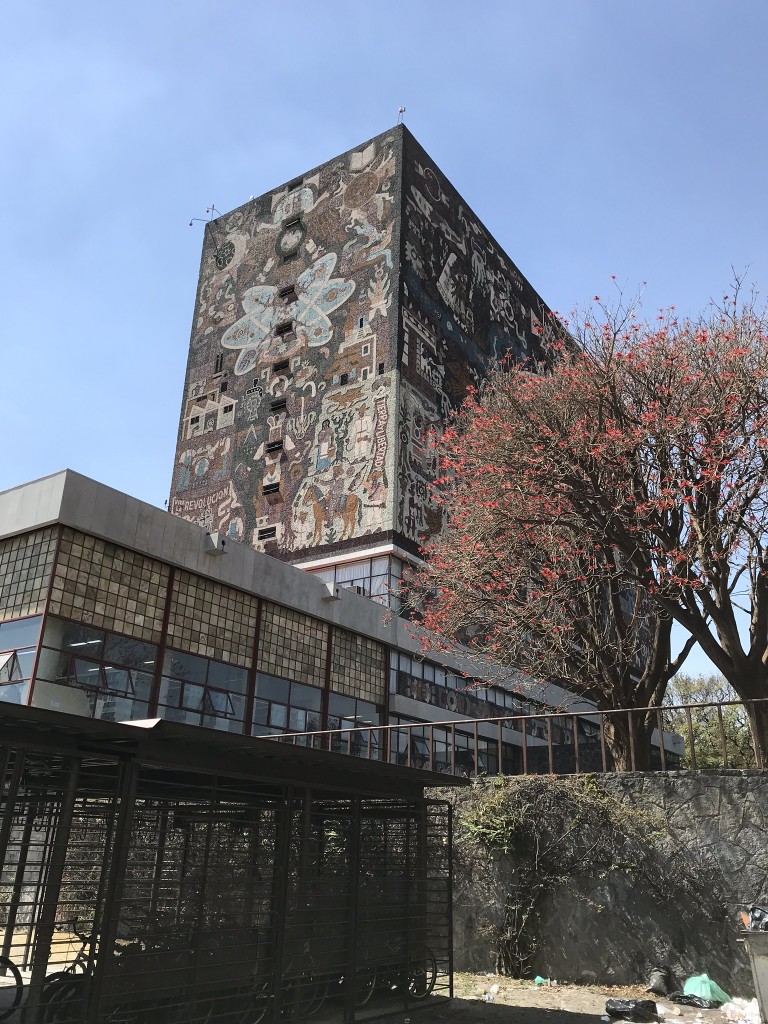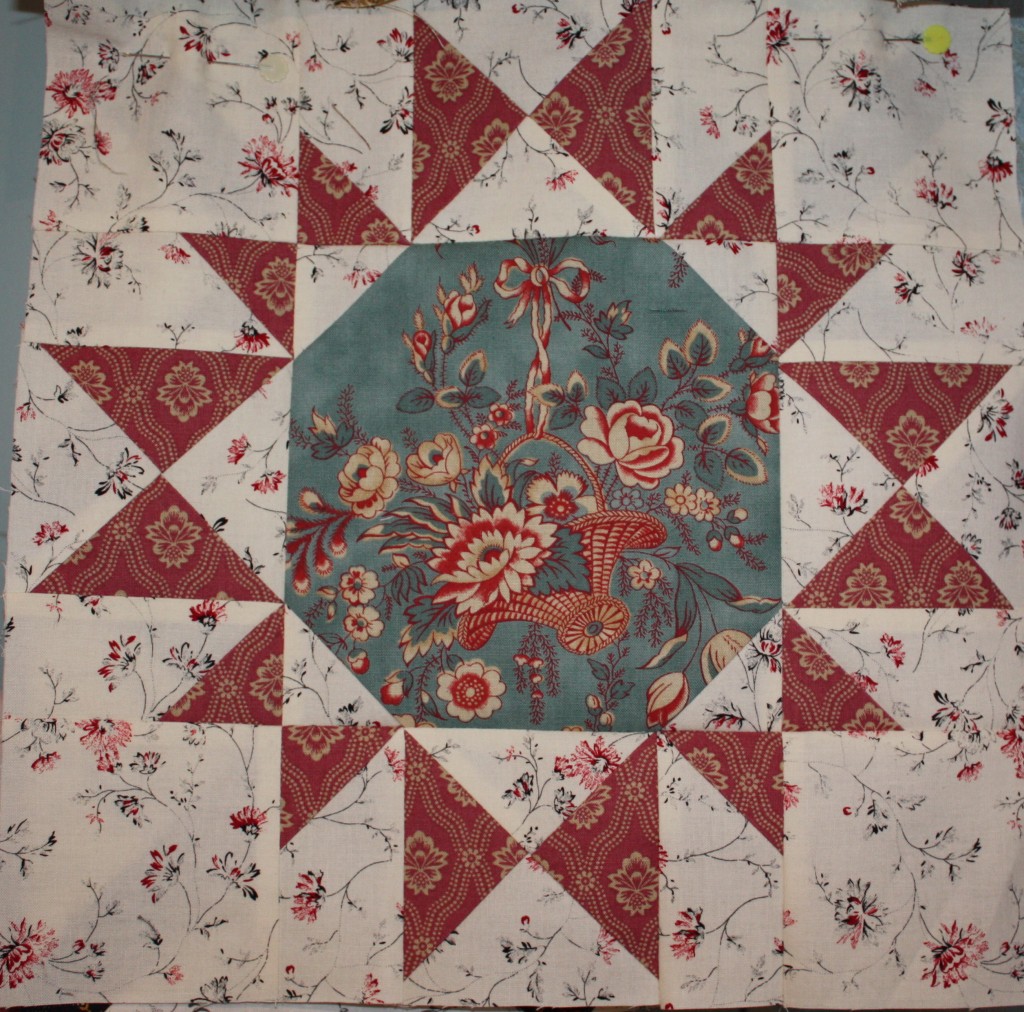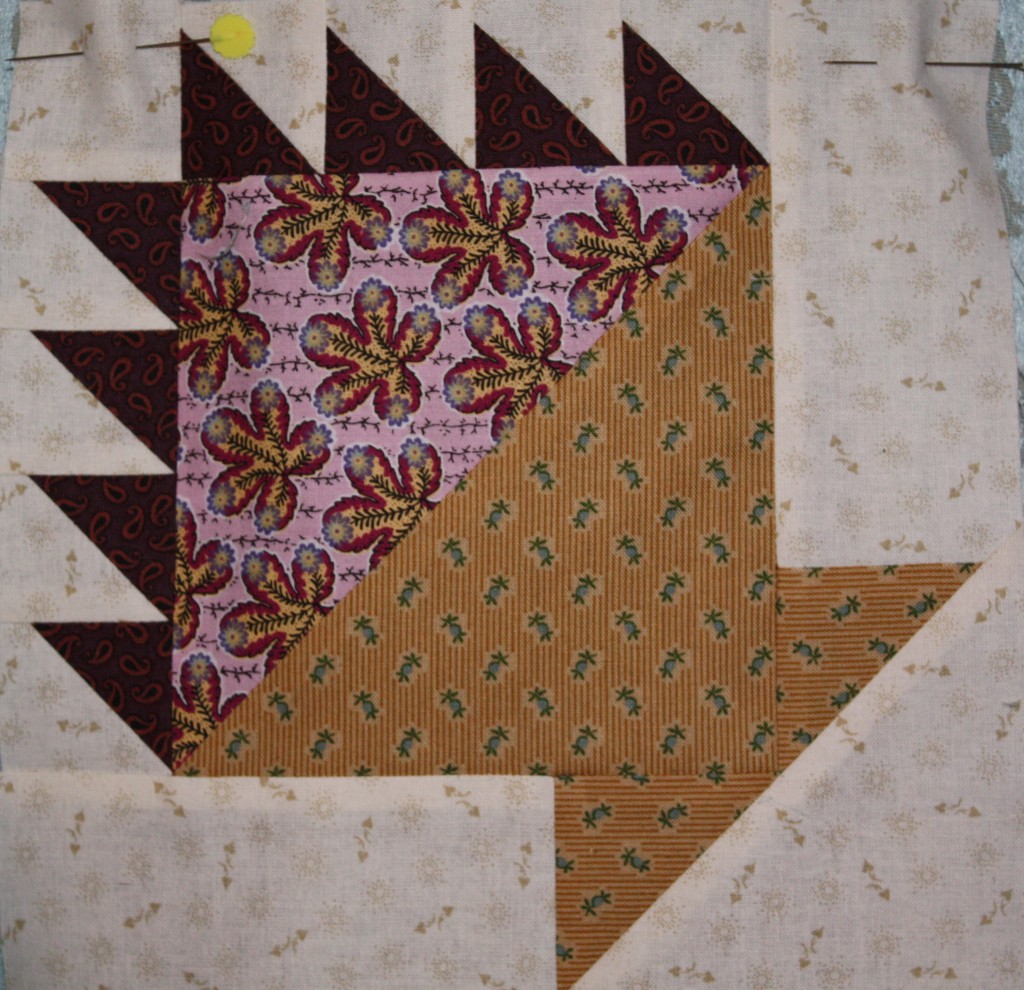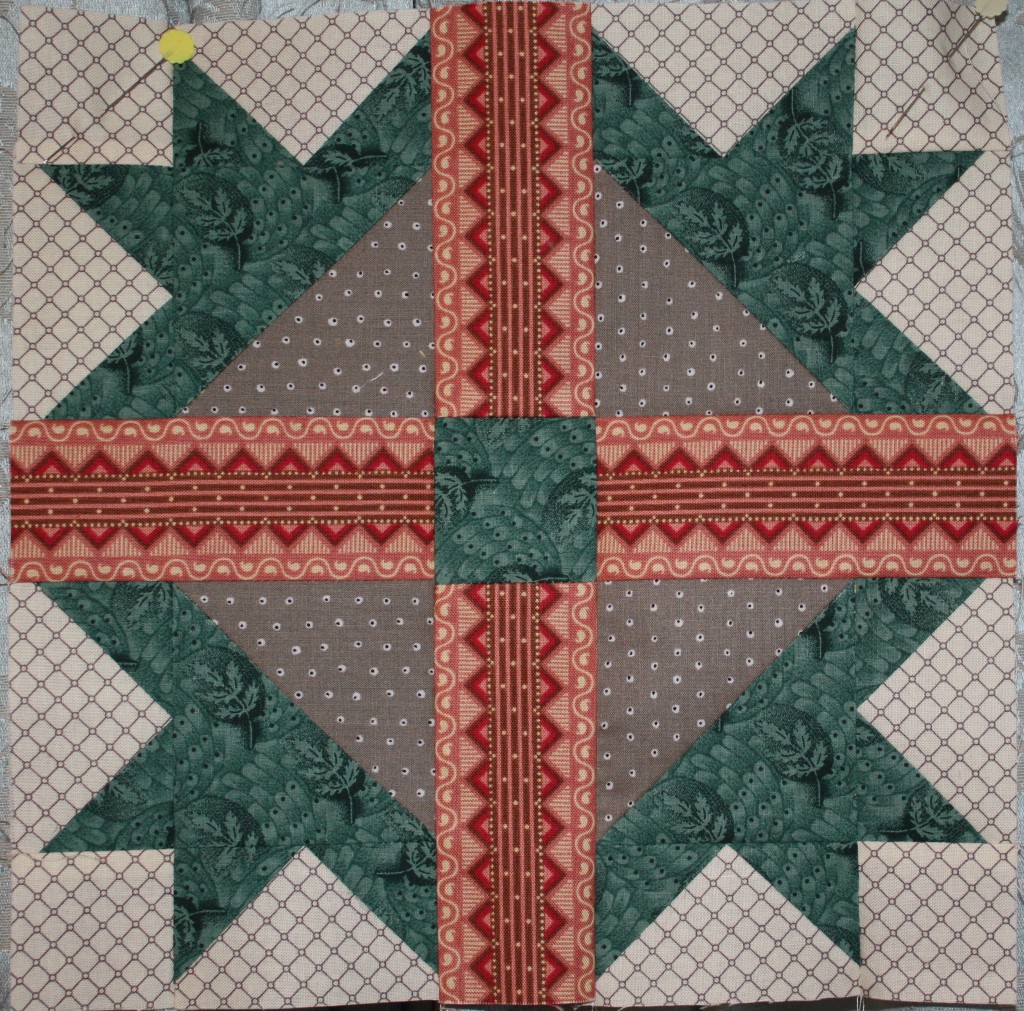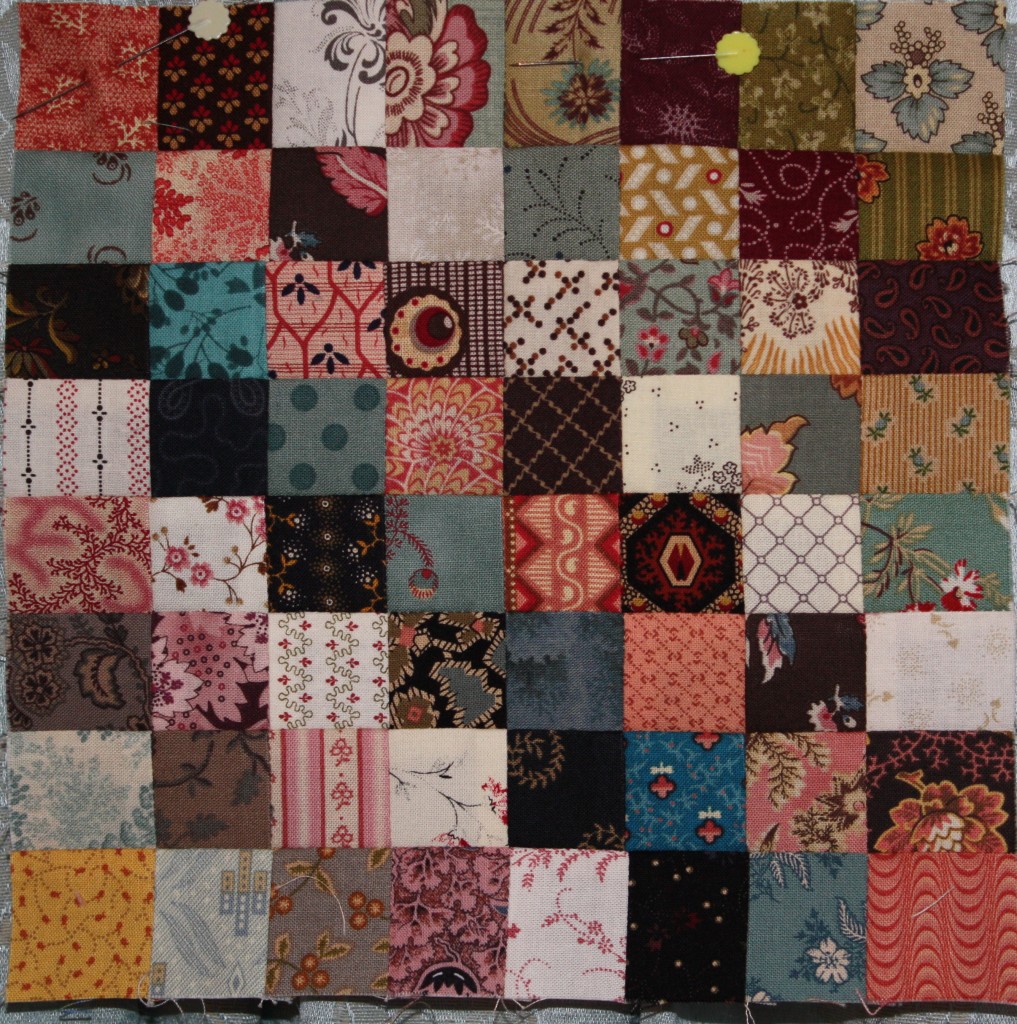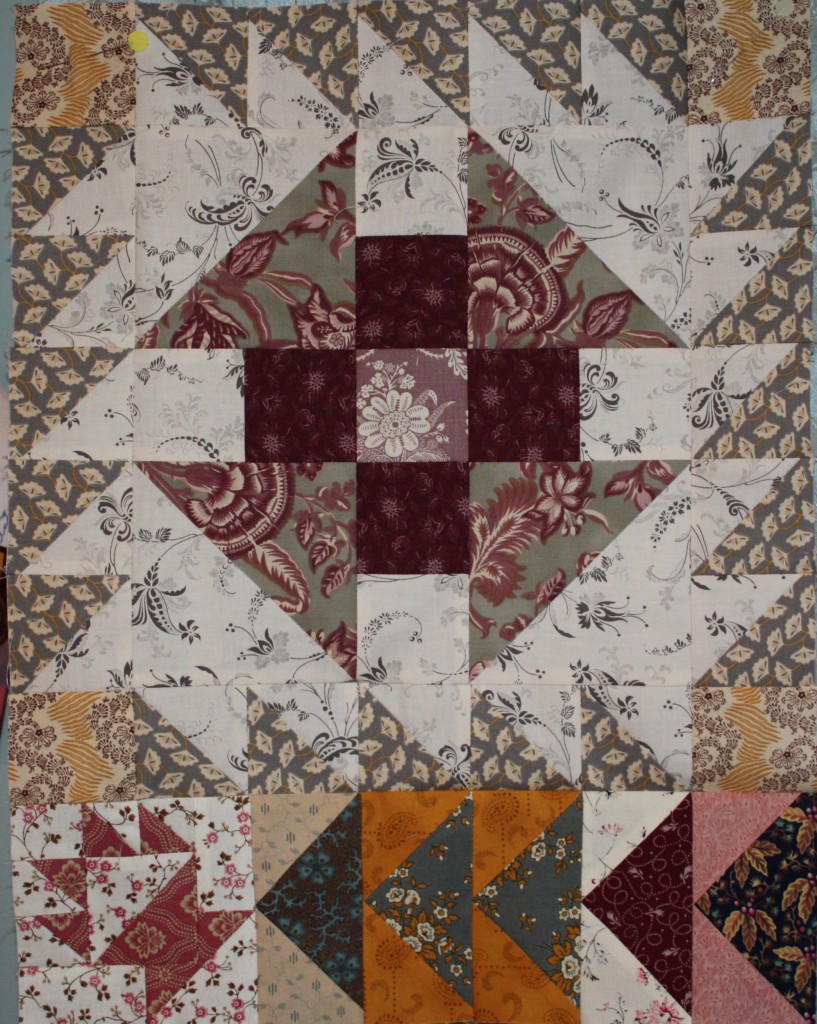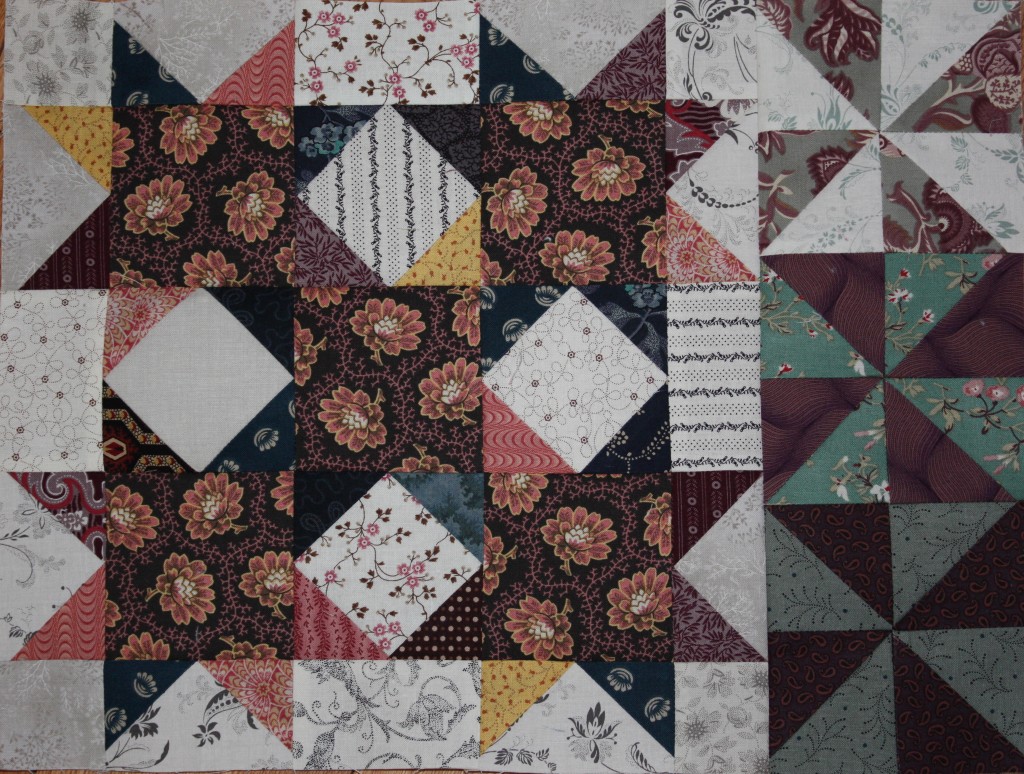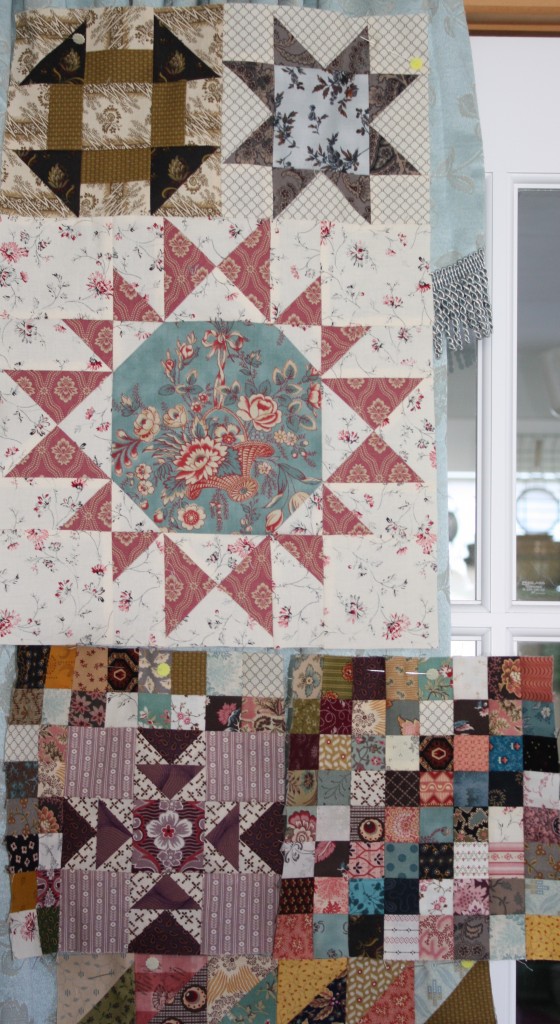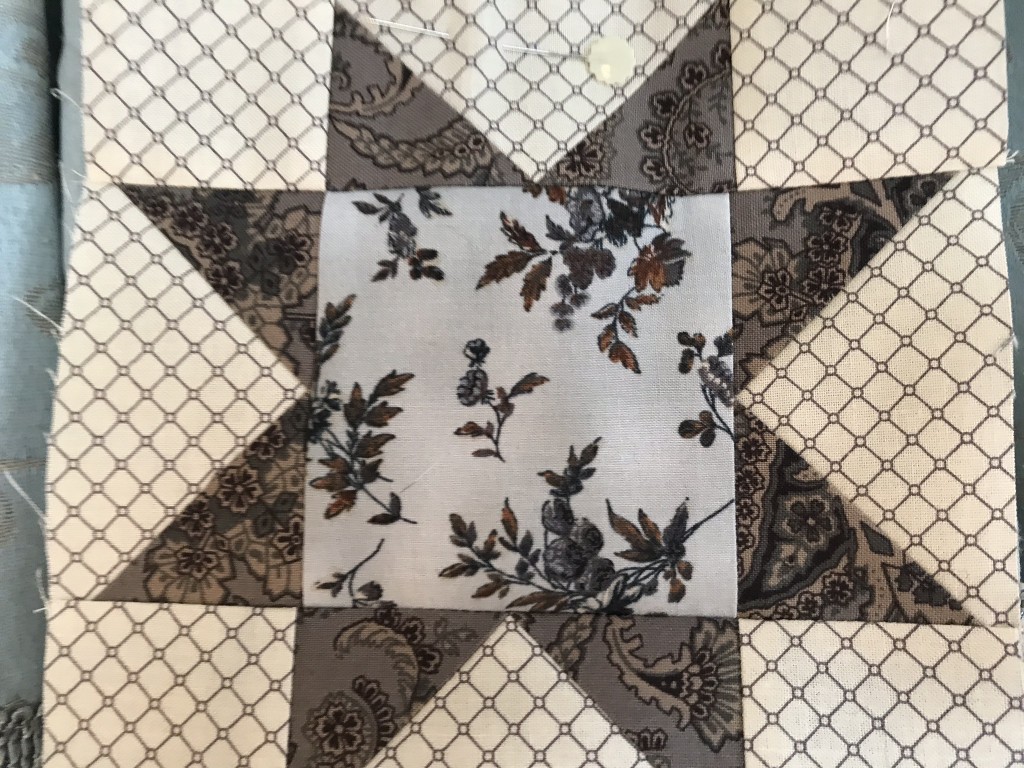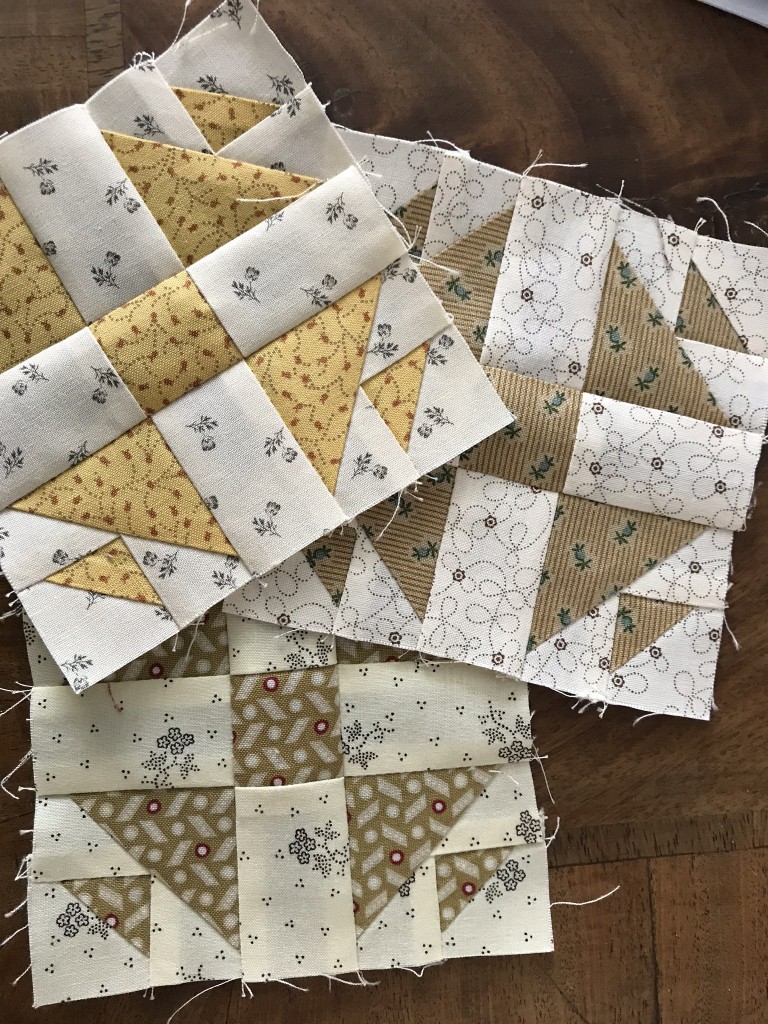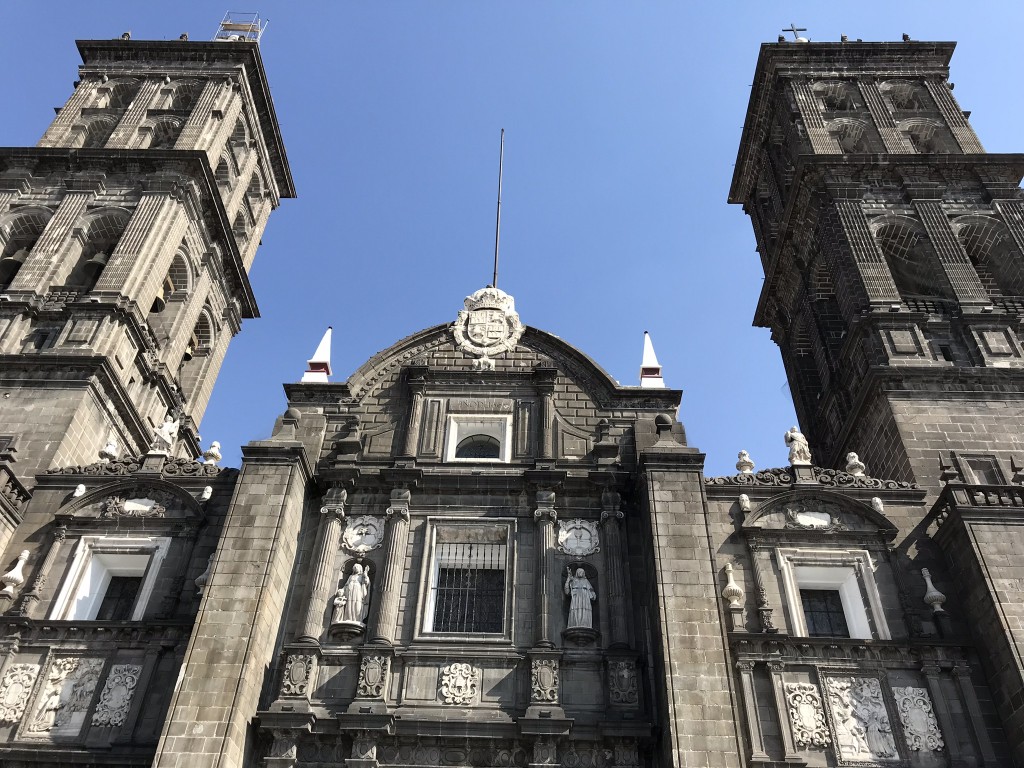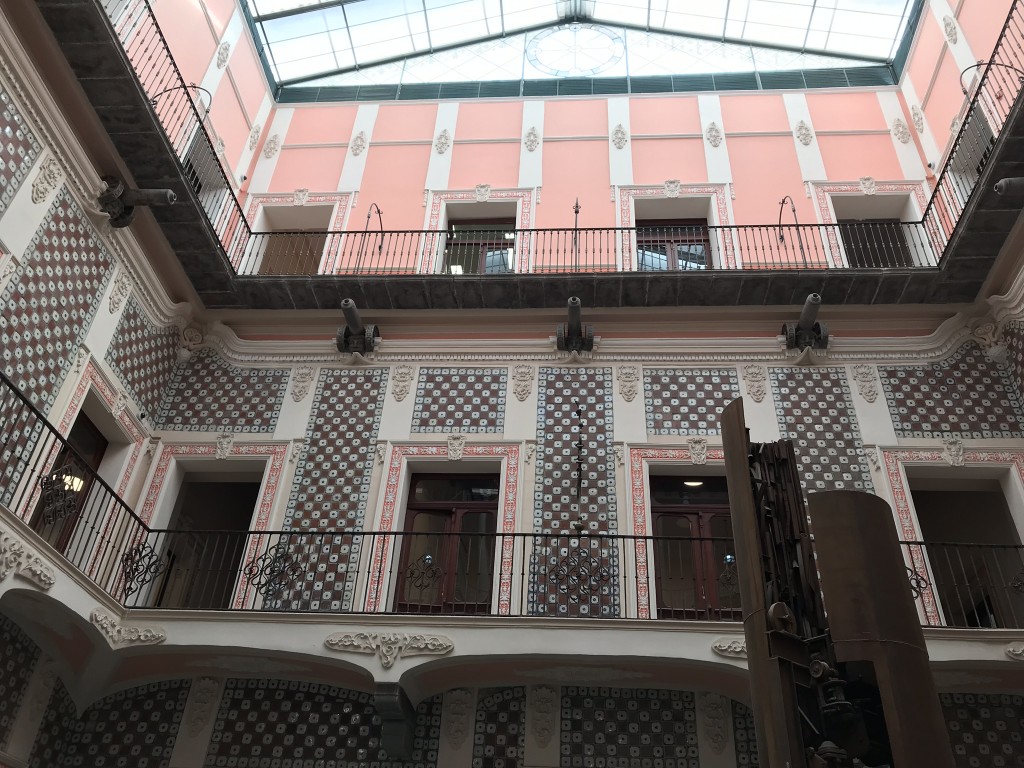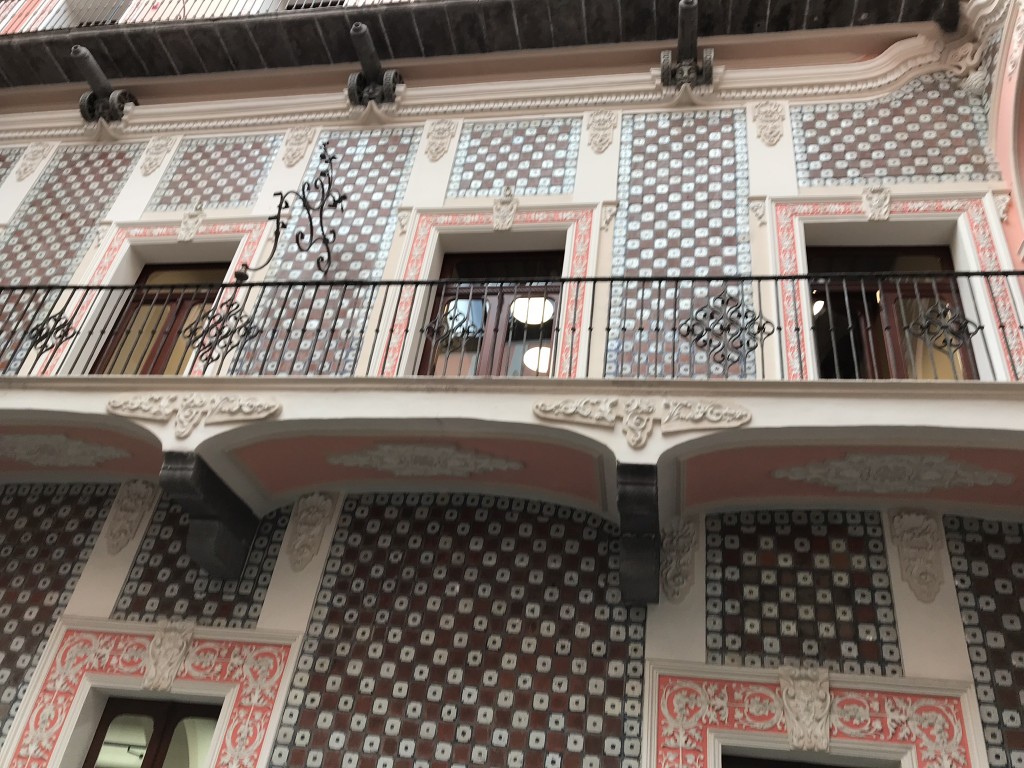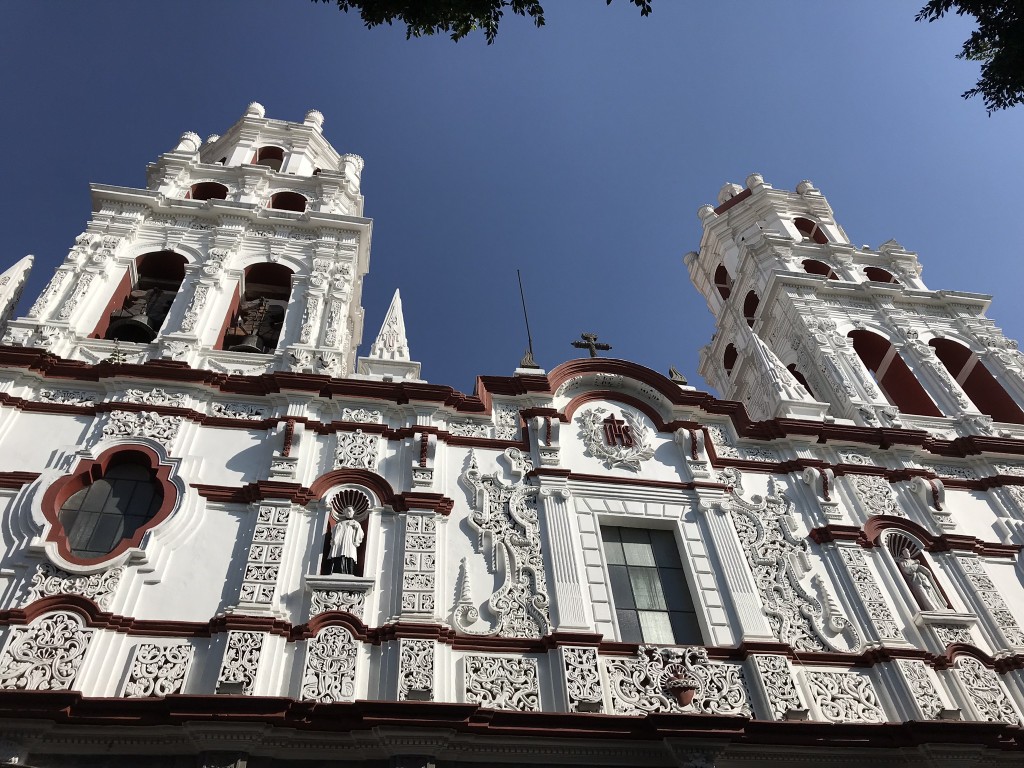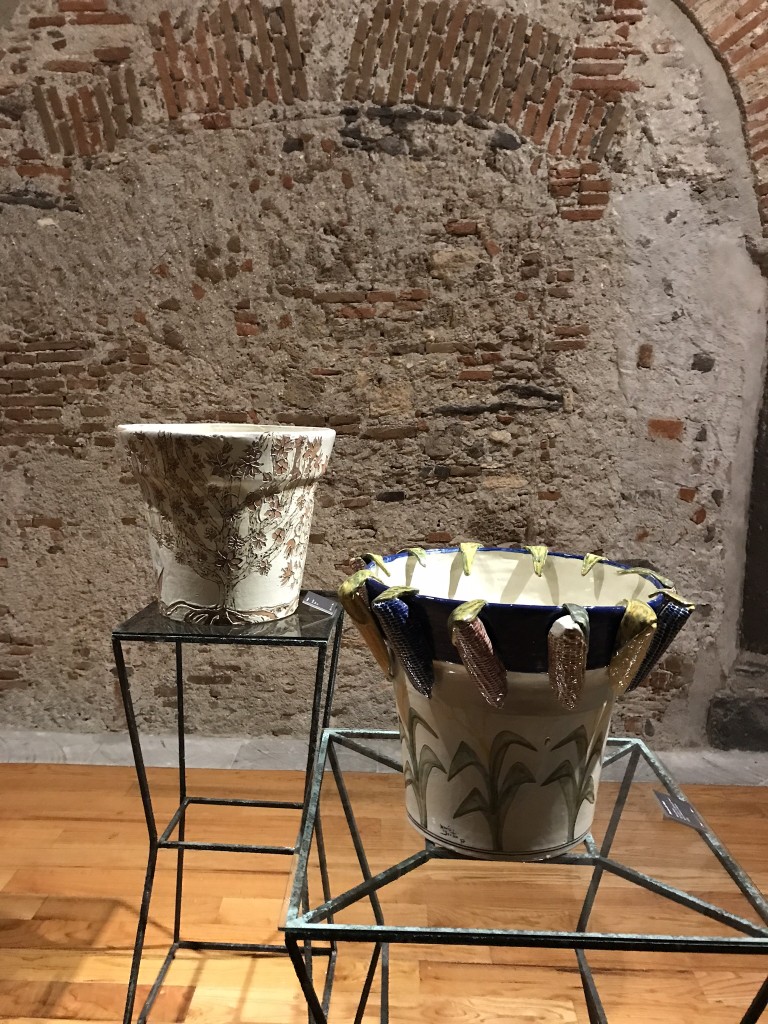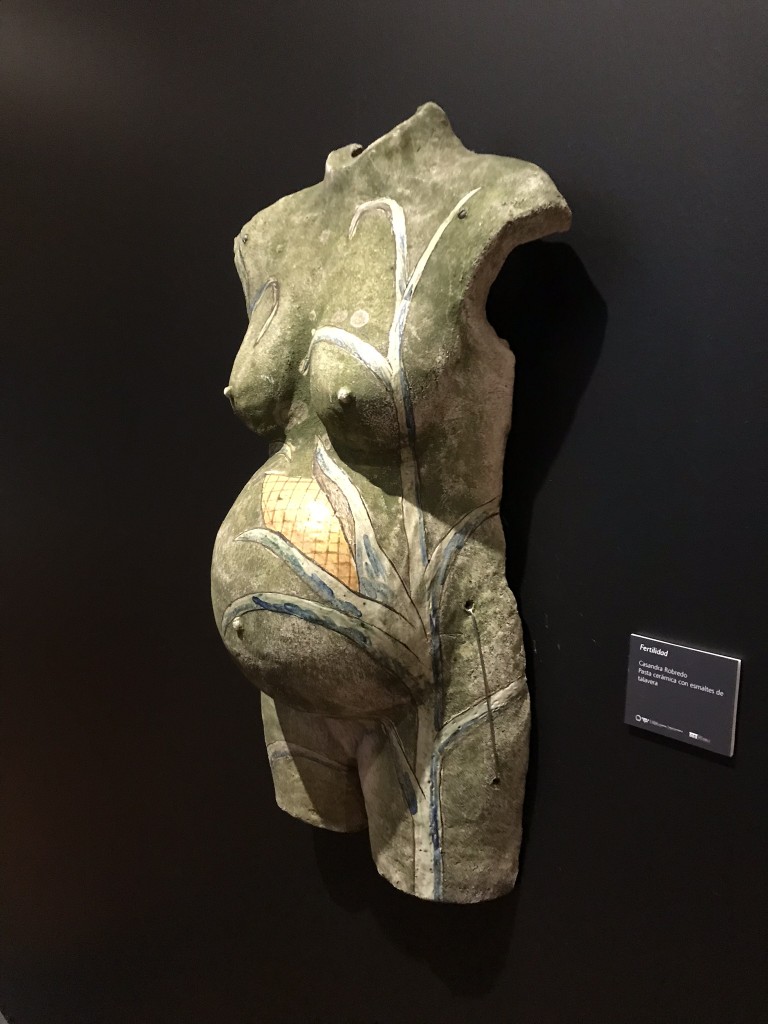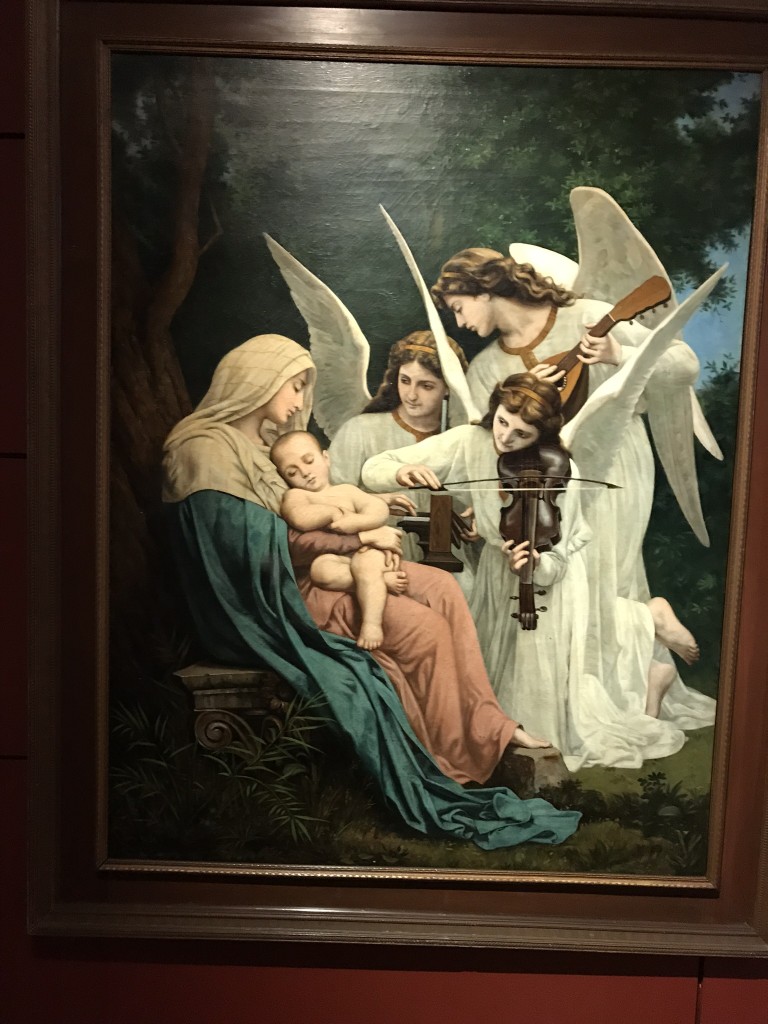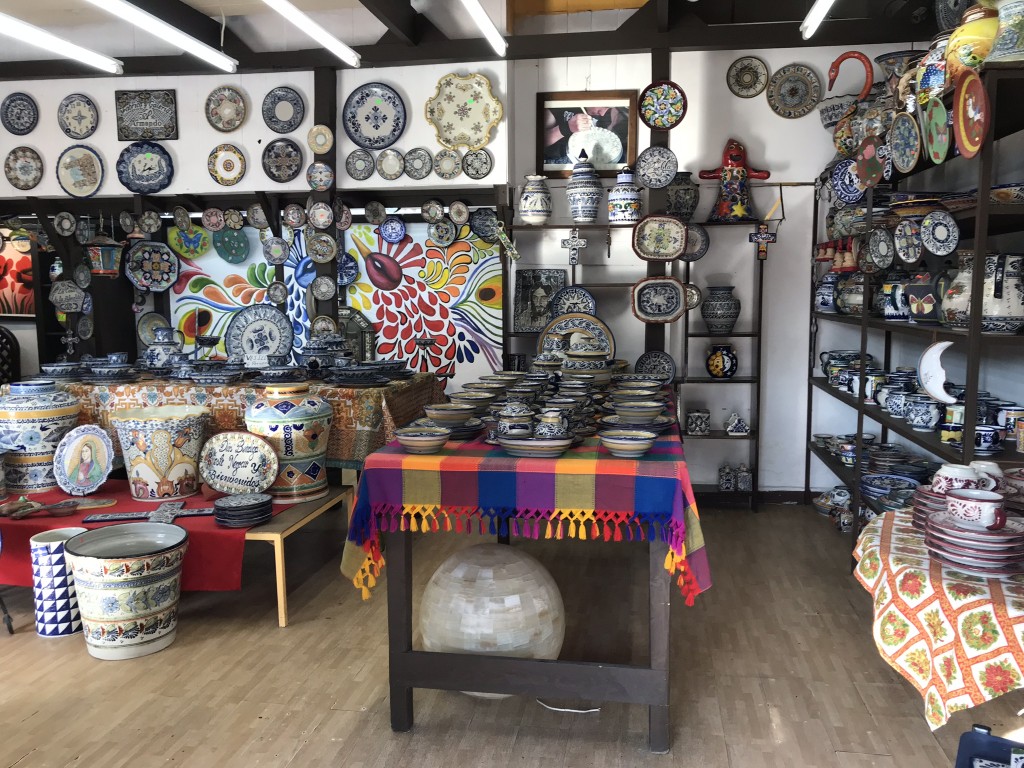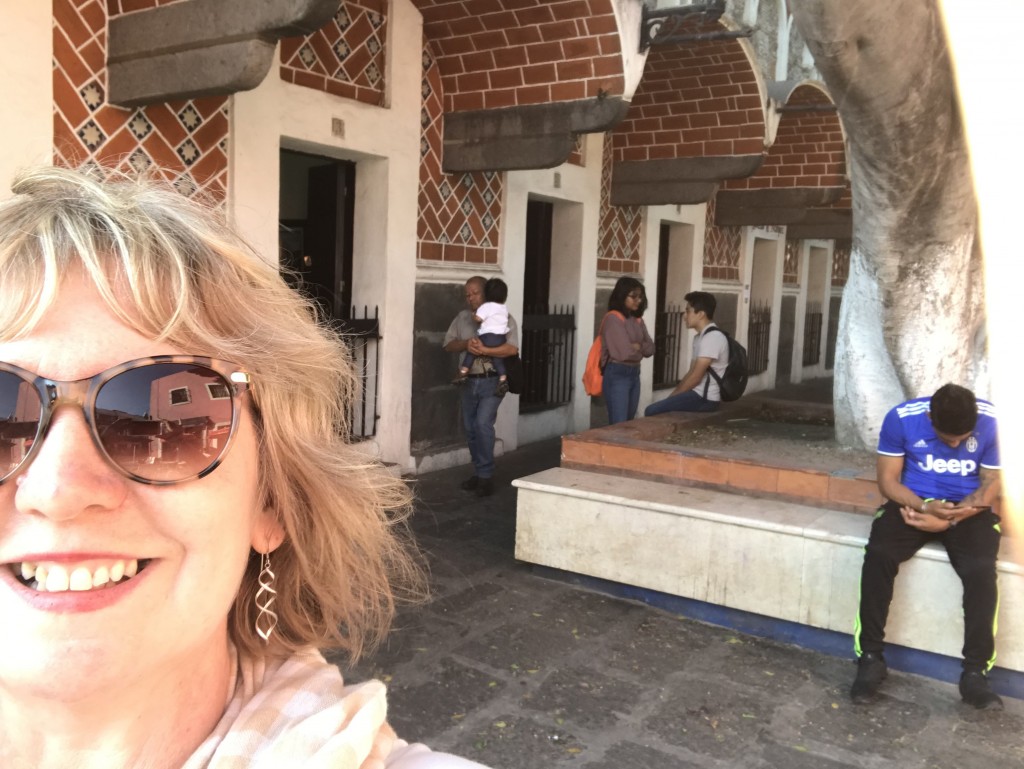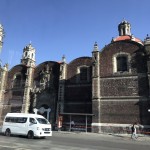I was teaching at the church last Sunday afternoon and that being our first gathering since my return from Mexico City, the conversation focused on some of the highlights of my trip. I’ve received lovely feedback on the blog posts and photos that I shared while I was away and had some requests for a bit more… be careful what you ask for as I have approximately 5000 photos on file, so we could be here a while ☺️
As many of you know, I was on a pilgrimage exploring the life and art of one of my favourite artists, Frida Kahlo. I was lucky enough to stay in what was once the town she grew up in, Coyoacan, but it has now become a suburb district absorbed by Mexico City. I visited Casa Azul, the house she was born in and died in, and visited many of the parks and landmarks that were important to her. One of the most remarkable places I visited was in San Angel, the Diego Rivera Studio Museum, which was designed by Juan O’Gorman for Diego as a home for himself and his wife, Frida, as well as a working studio. This place gave great insight into their relationship and the importance of work in Diego’s life.
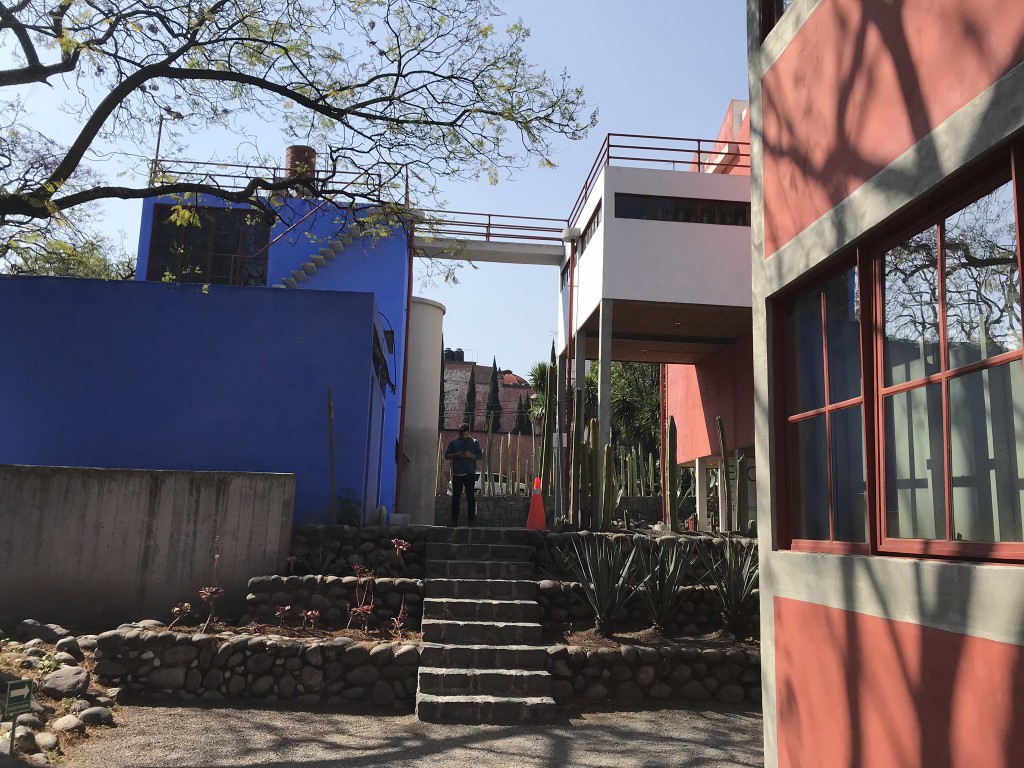
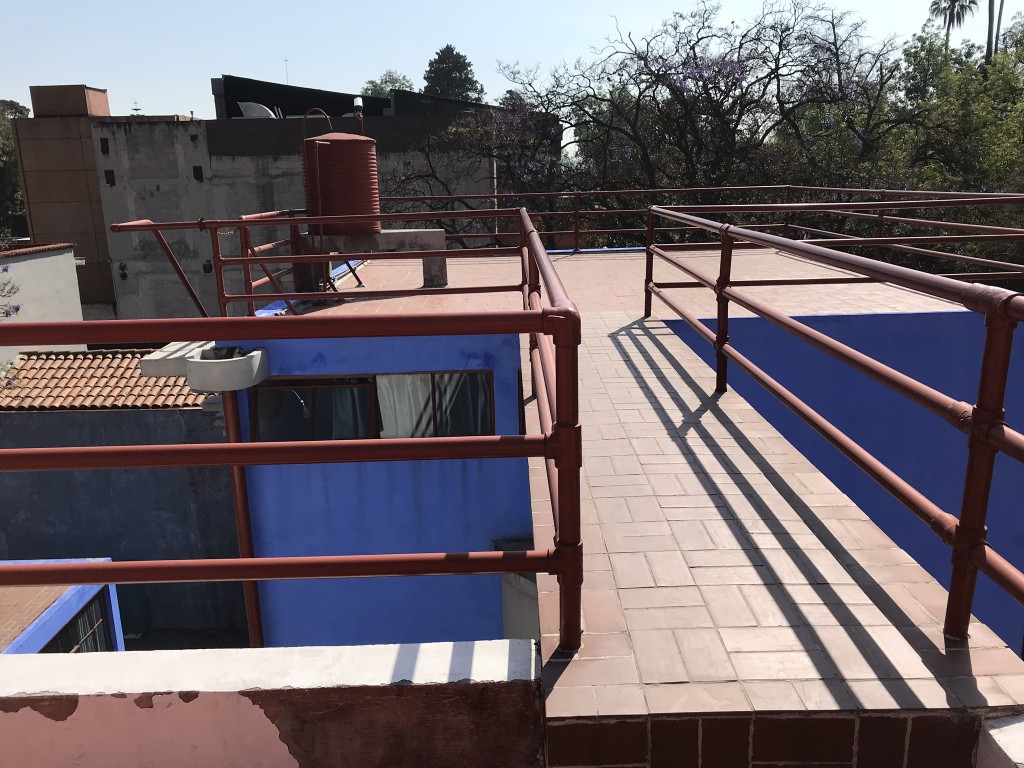
Diego insisted that two individual houses be built, a larger pink house for himself and a smaller blue house for Frida, with a rooftop bridge connecting the houses to each other. Each house included an art studio but Diego’s was far grander in scale than Frida’s, with floor to ceiling windows, and built in shelves and cases to display his enormous collection of Pre-Colombian artifacts and other inspiring art objects.
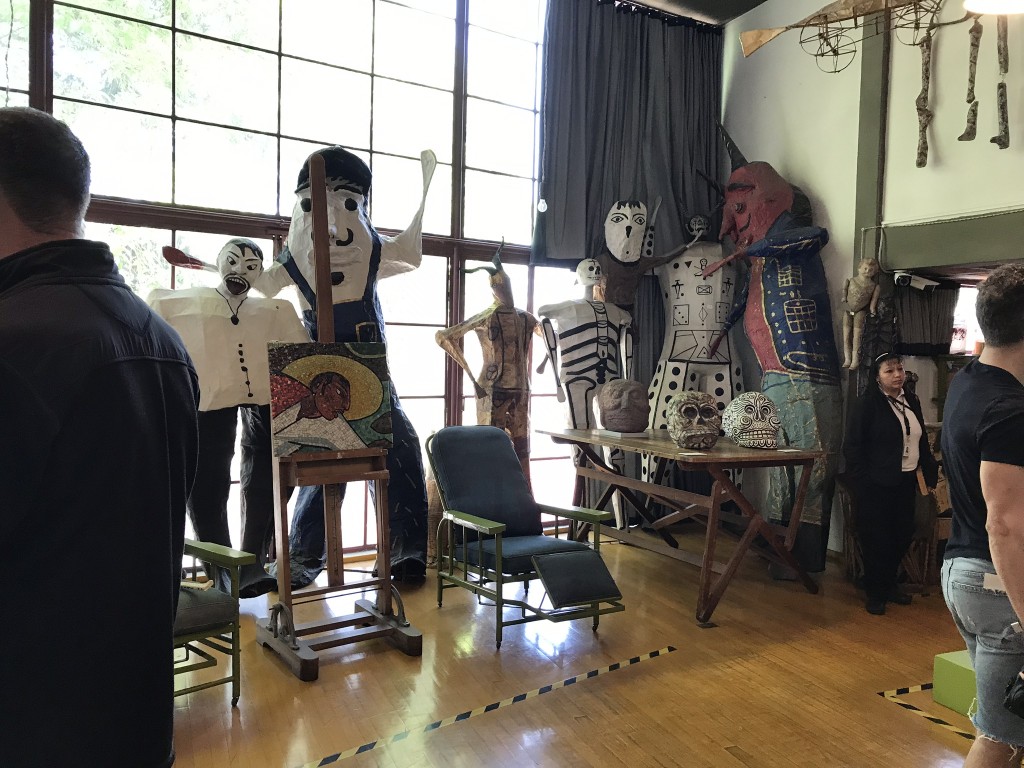
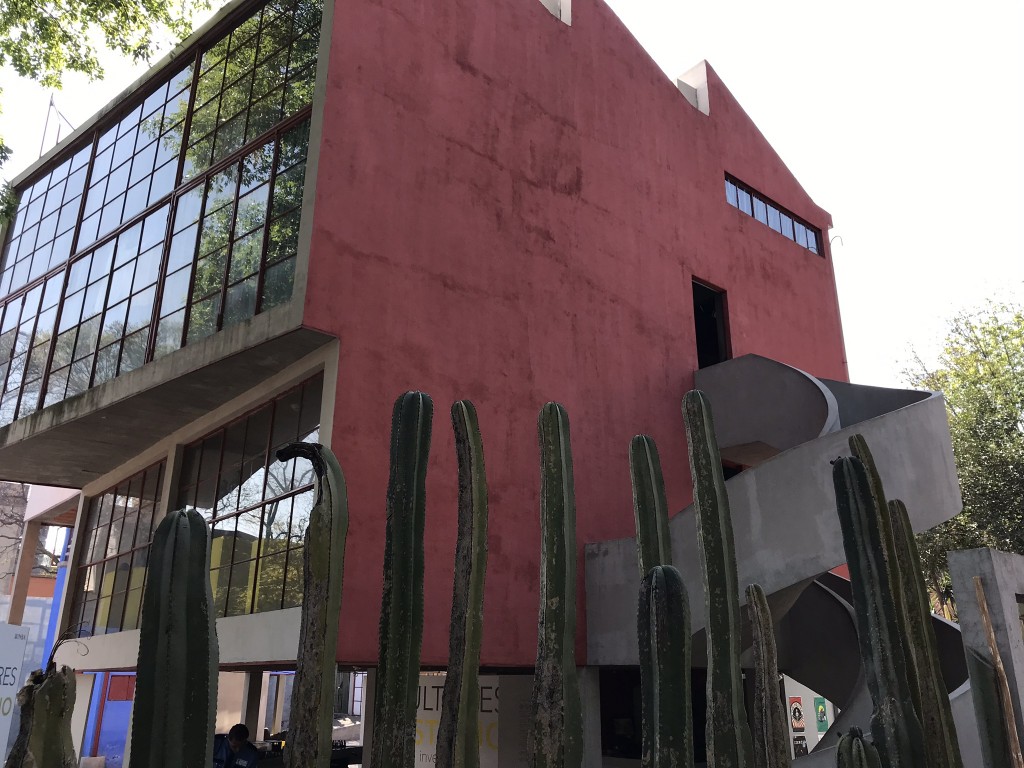
One of the fascinating things about this museum was how well curated and presented the collection was, right down to the mundane items of Diego’s wardrobe, which were displayed on life size mannequins to demonstrate what an extraordinarily large man he was. I also found it interesting to compare the size of his studio to the actual living quarters, which were quite tiny and very basic in comparison to the elaborate workspace.
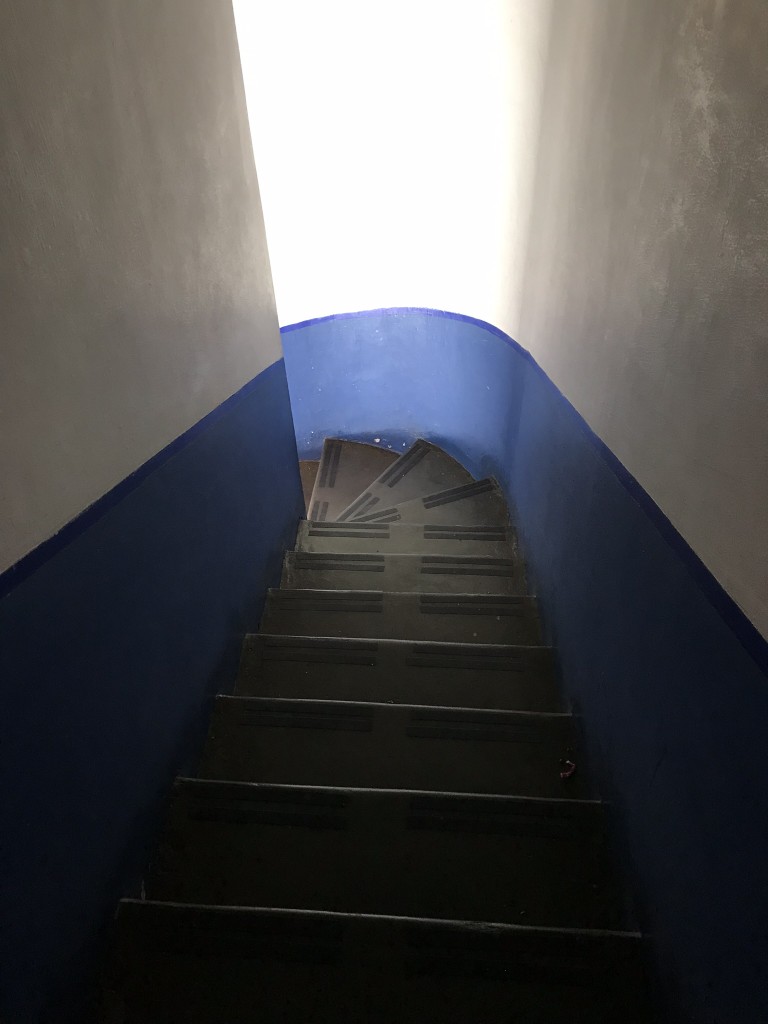
Frida’s staircase
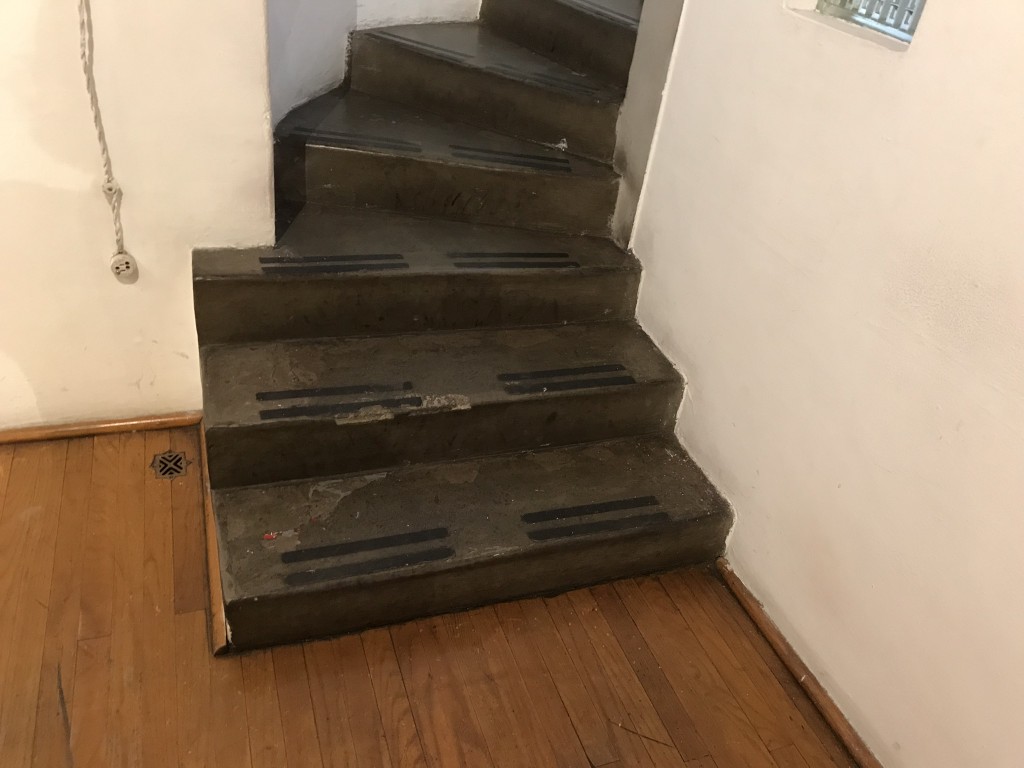
I also was very surprised at how diminutive Frida’s house was in comparison and I felt that it wasn’t as well designed as Diego’s side, with small rooms, scarce natural light, and narrow staircase. I wondered how she managed to get around, especially up and down the stairs, with her poor crippled and painful body. It’s no wonder to me that she ended up back at her childhood home, Casa Azul, in Coyoacán, where so much was suited to her personality and her style of working.
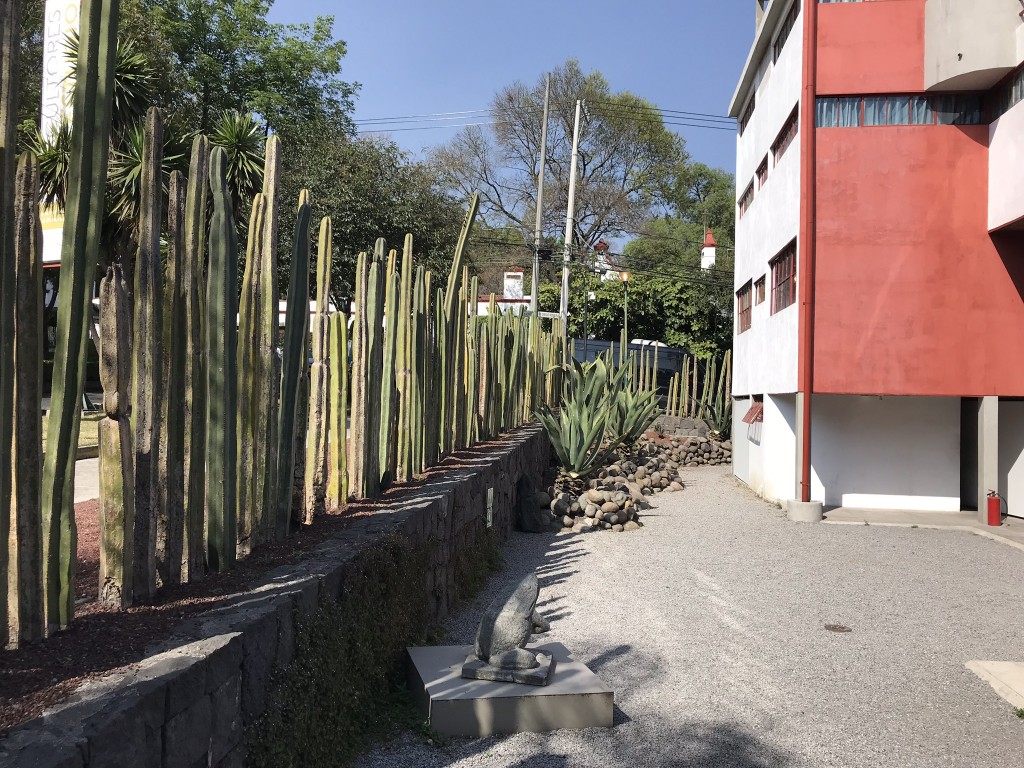
One of the outstanding features of the Diego Rivera Studio Museum is the cactus fence that he had planted around the property, which survives to this day. This museum was one of the highlights of my trip and is listed right up there with Frida’s house, but for very different reasons entirely. I’m so glad that I reconsidered visiting this museum on my very last day in Mexico City, as it wasn’t a top priority, but it truly rounded out my vision of Frida’s life and also led to a second stop that same day… but I’ll save that for another time.
As always, love, carol xox
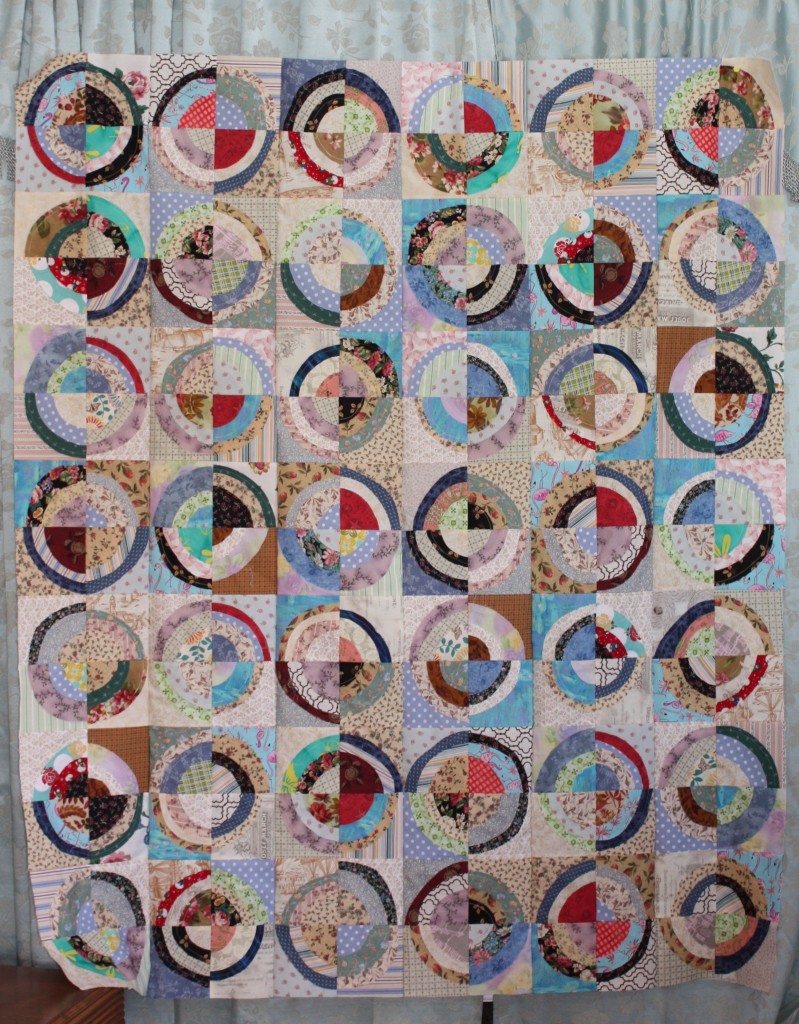 Last week, during my marathon sewing sessions, I managed to get all of my Bull’s Eye blocks together. I debated back and forth about putting a border on as I really like it without one, although I did wish for a slightly larger finished product. This was such a wonderful scrap buster quilt, though, and I used so many very early fabrics that were aging far too long in the stash cupboard and scrap buckets that I’m quite certain I will make another more edited one down the road. I threw everything into the mix this time and was beginning to think it would look more like a dog’s breakfast, but it turned out not too badly. In the end I finally decided to add two borders to the top and I’m loving the final transformation! The next one will just have to be borderless, ha, ha.
Last week, during my marathon sewing sessions, I managed to get all of my Bull’s Eye blocks together. I debated back and forth about putting a border on as I really like it without one, although I did wish for a slightly larger finished product. This was such a wonderful scrap buster quilt, though, and I used so many very early fabrics that were aging far too long in the stash cupboard and scrap buckets that I’m quite certain I will make another more edited one down the road. I threw everything into the mix this time and was beginning to think it would look more like a dog’s breakfast, but it turned out not too badly. In the end I finally decided to add two borders to the top and I’m loving the final transformation! The next one will just have to be borderless, ha, ha.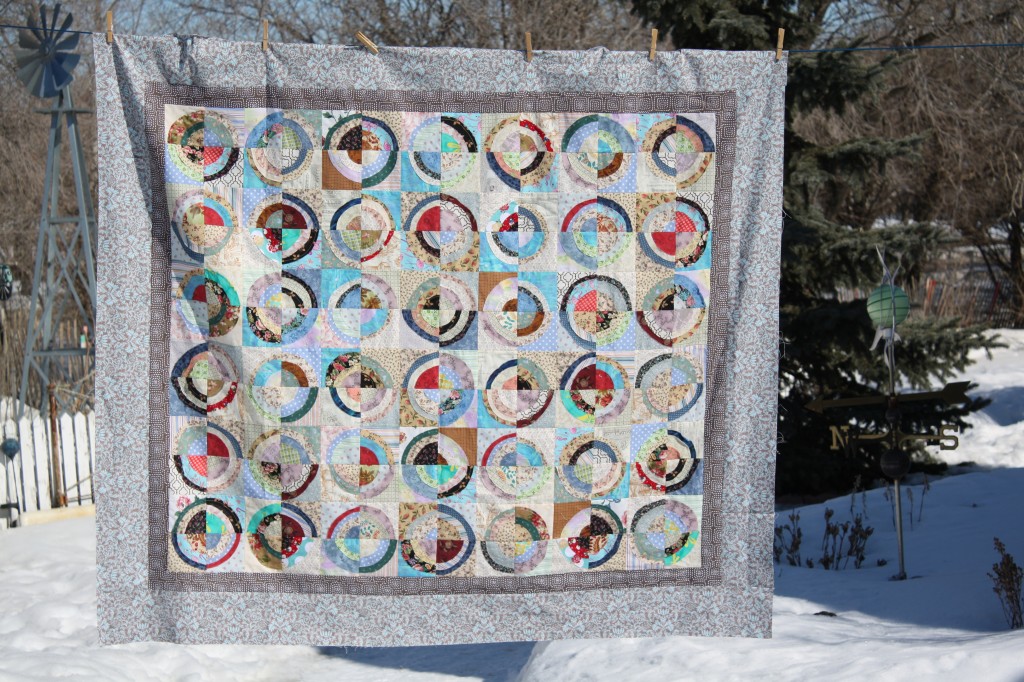 I spent the morning putting together a backing and binding for a different quilt, in preparation for some quilting time in the longarm studio this week. It’s time to tackle that pile of tops…
I spent the morning putting together a backing and binding for a different quilt, in preparation for some quilting time in the longarm studio this week. It’s time to tackle that pile of tops…
